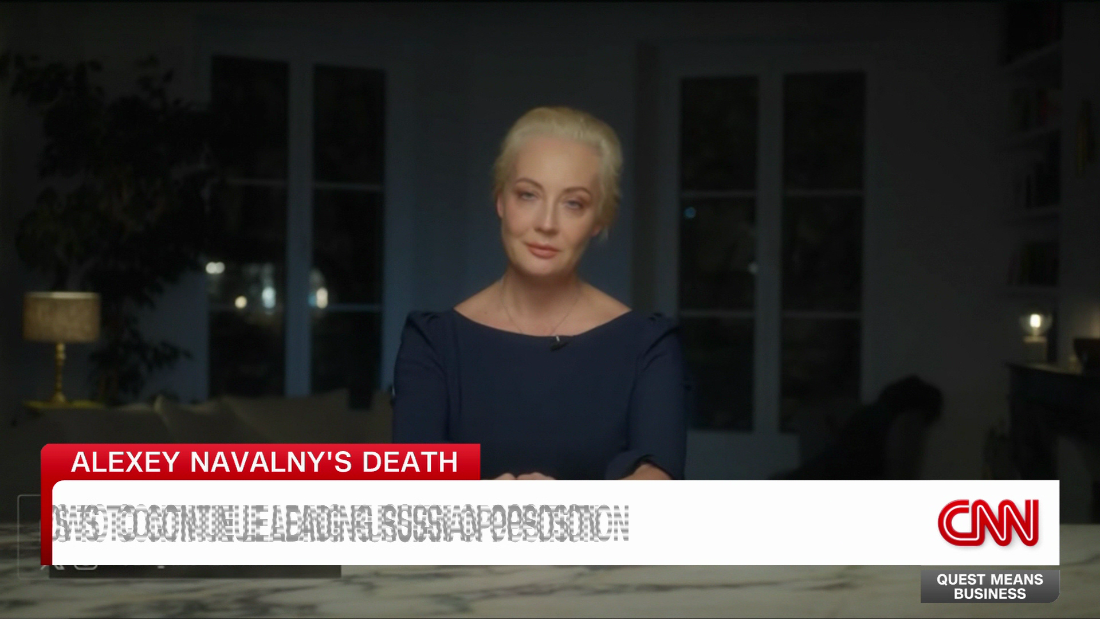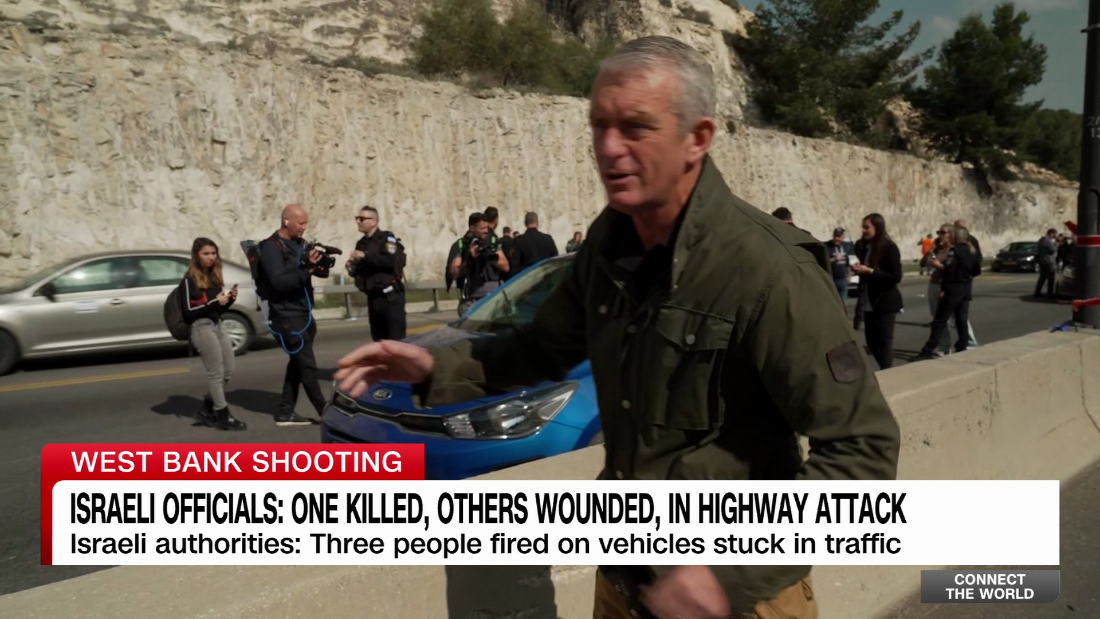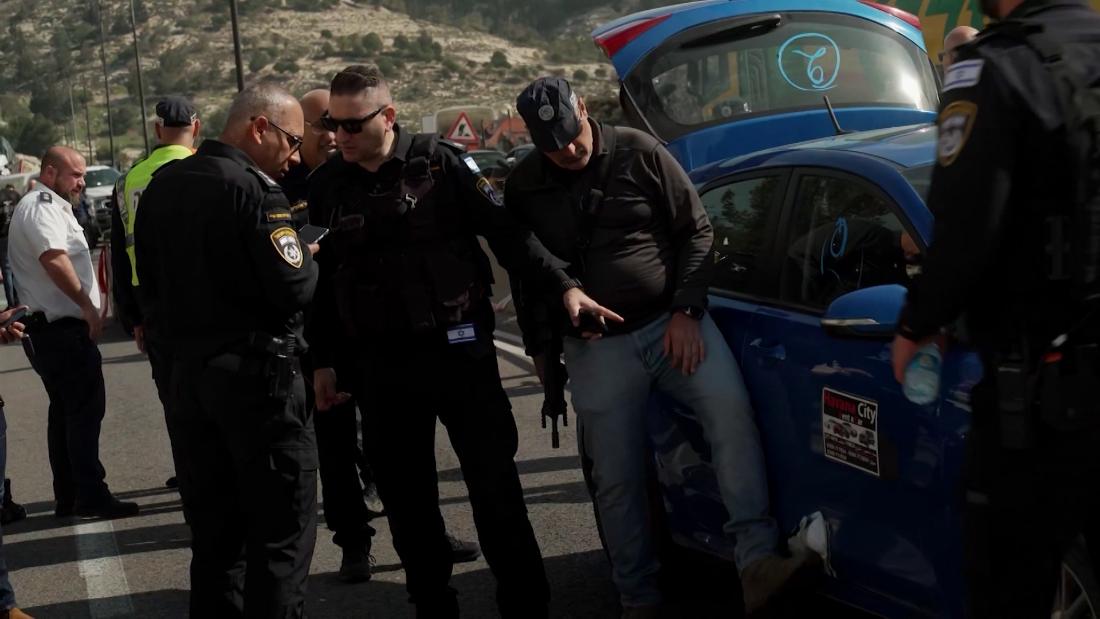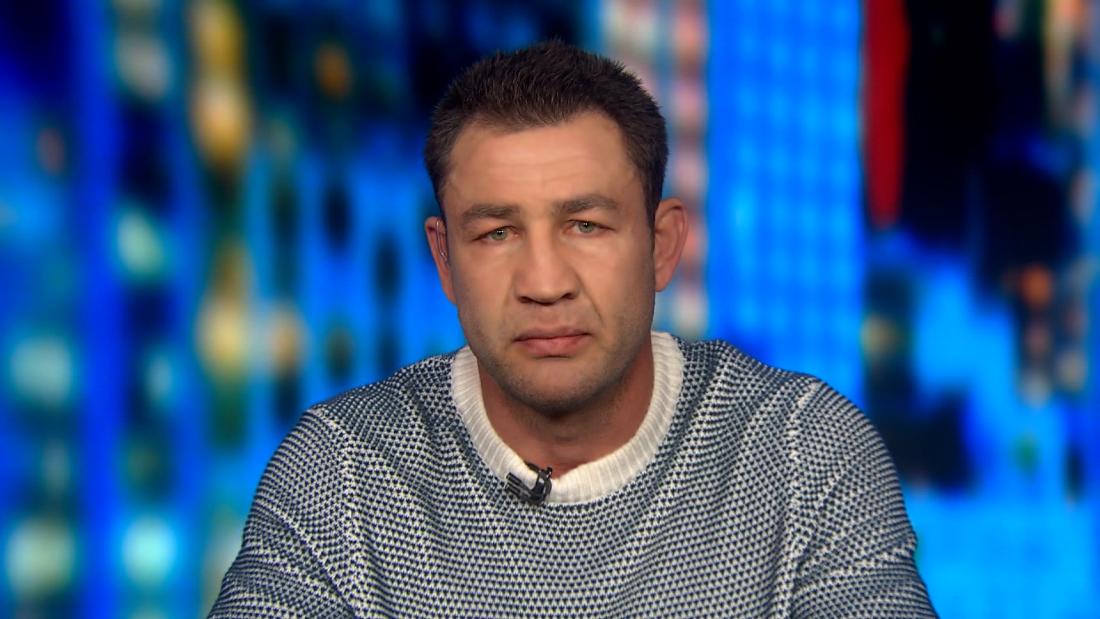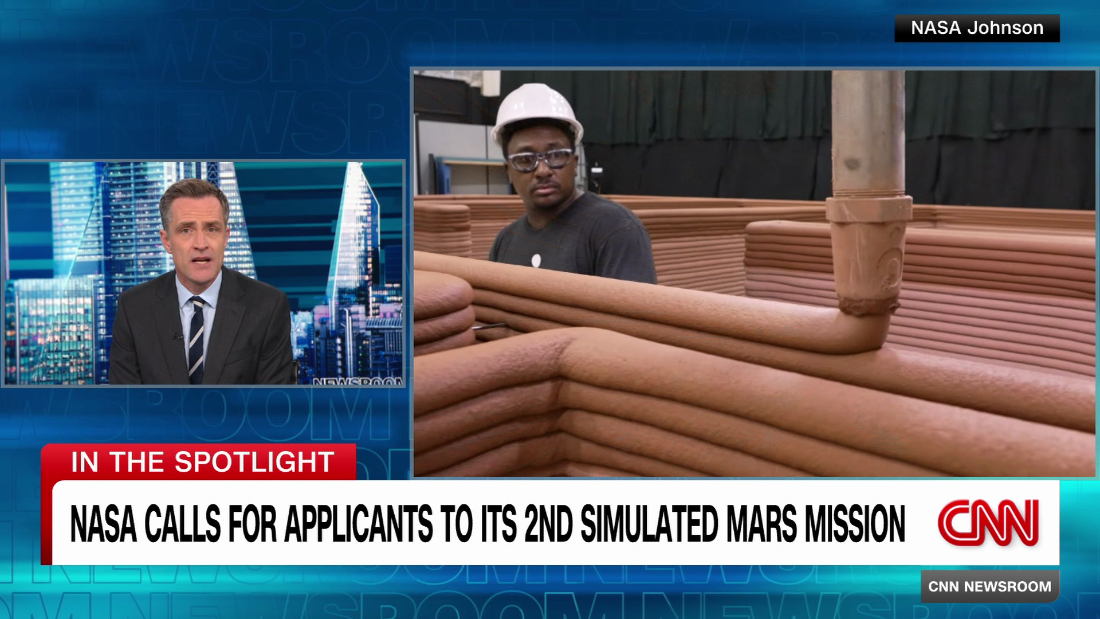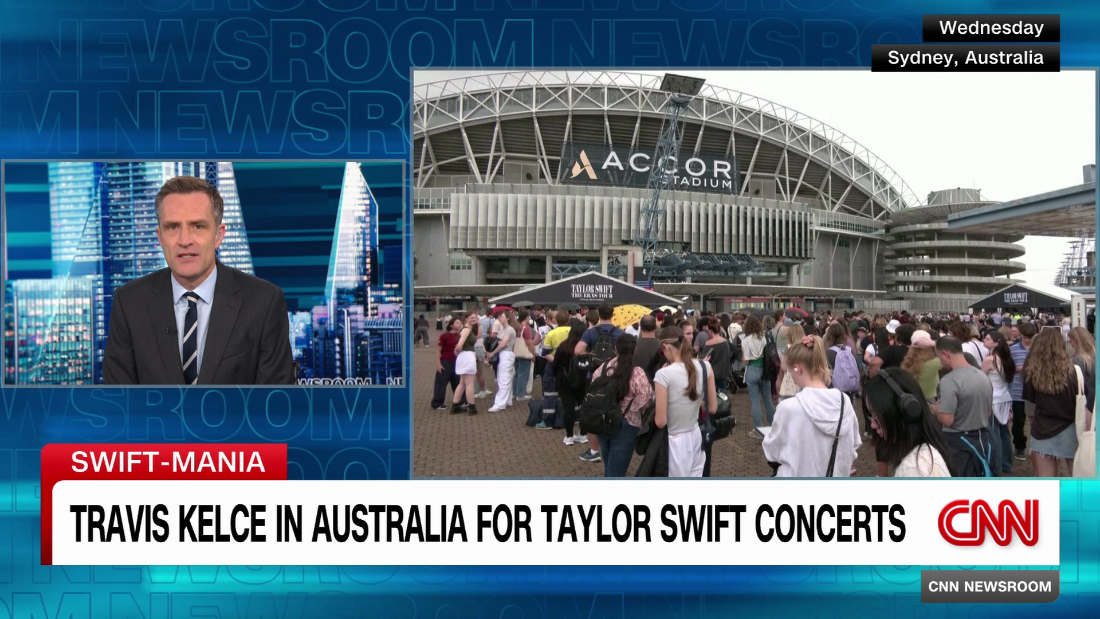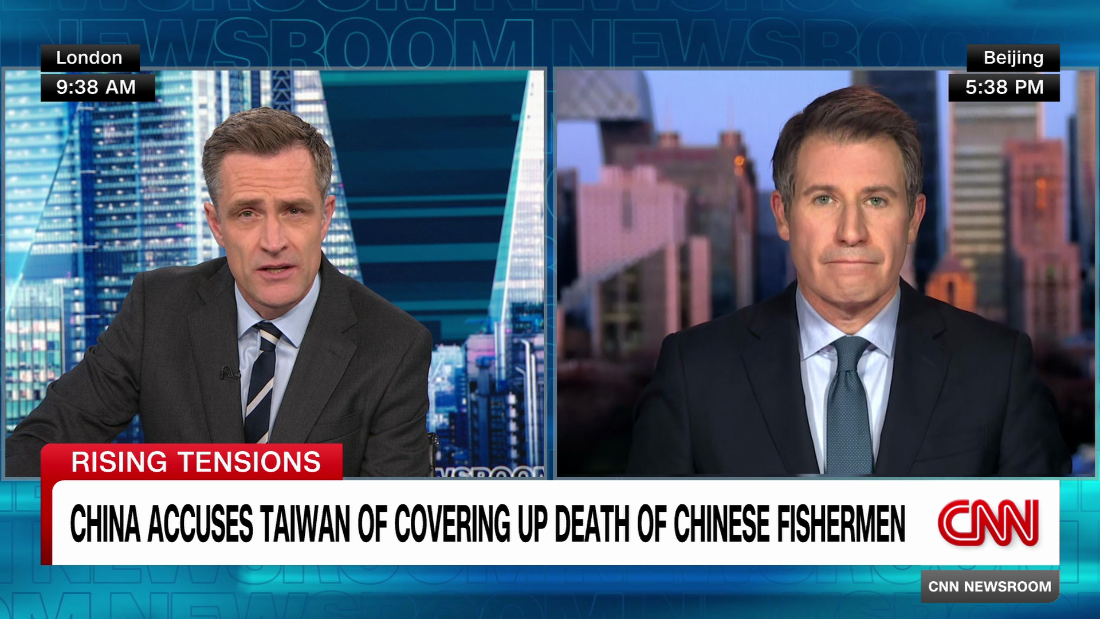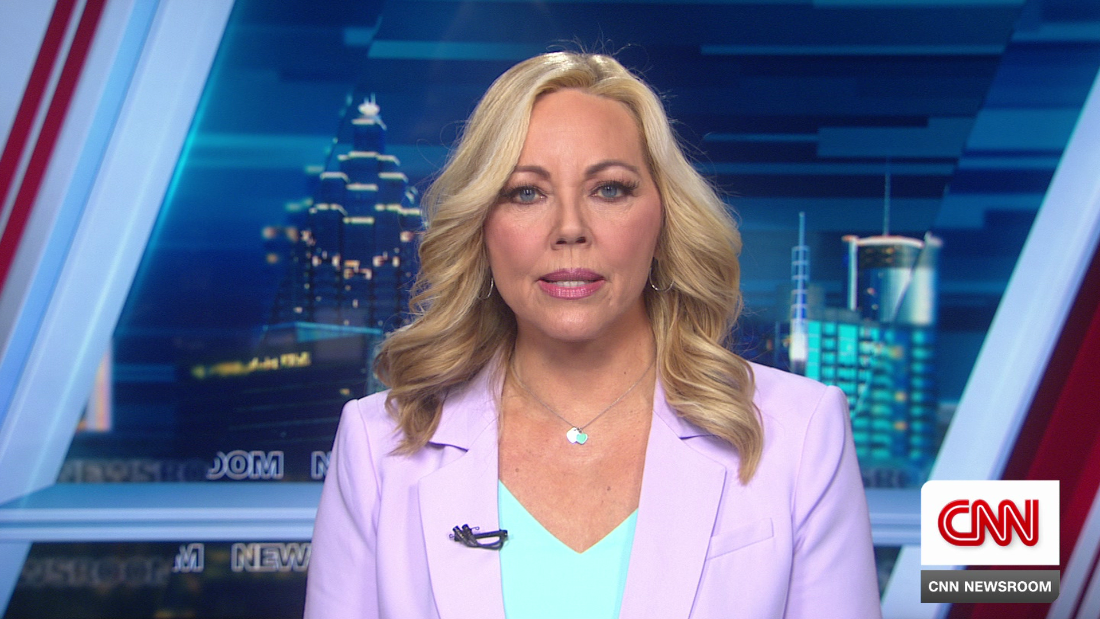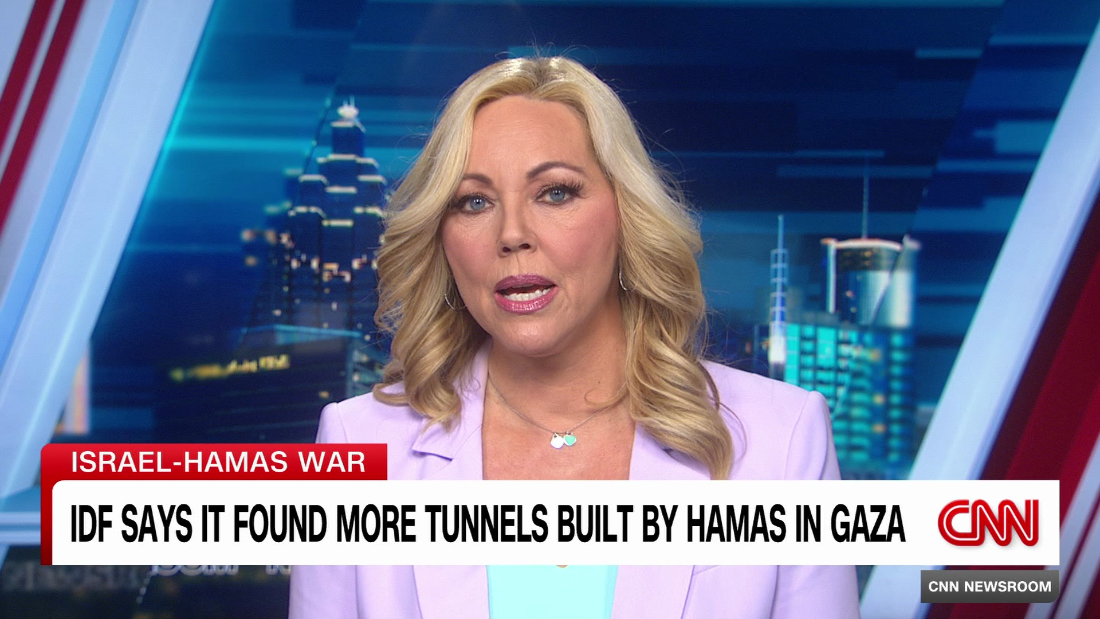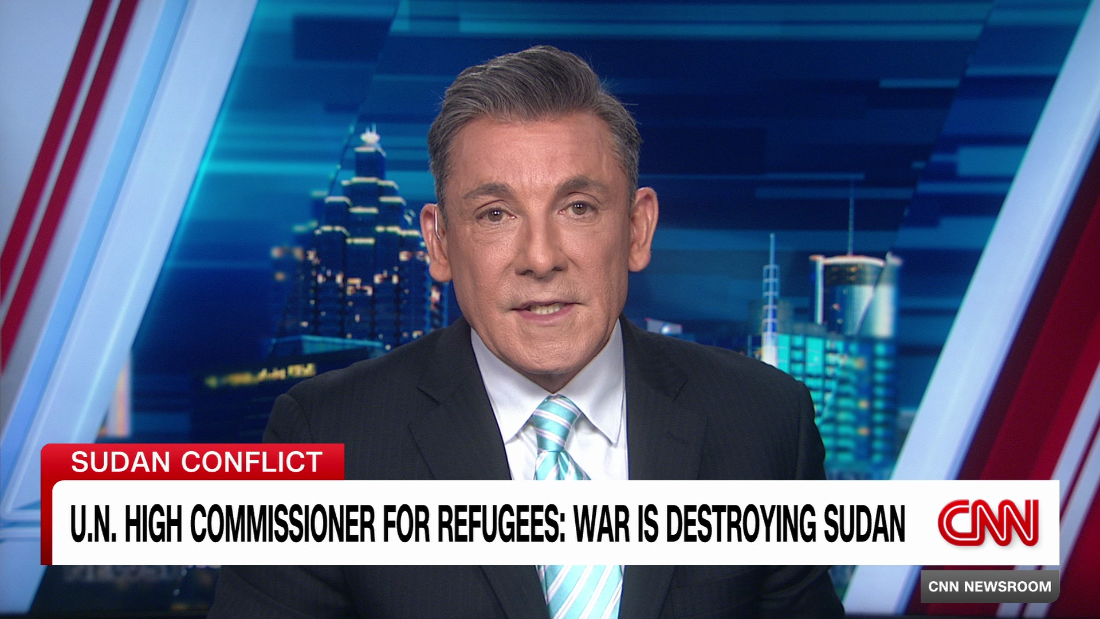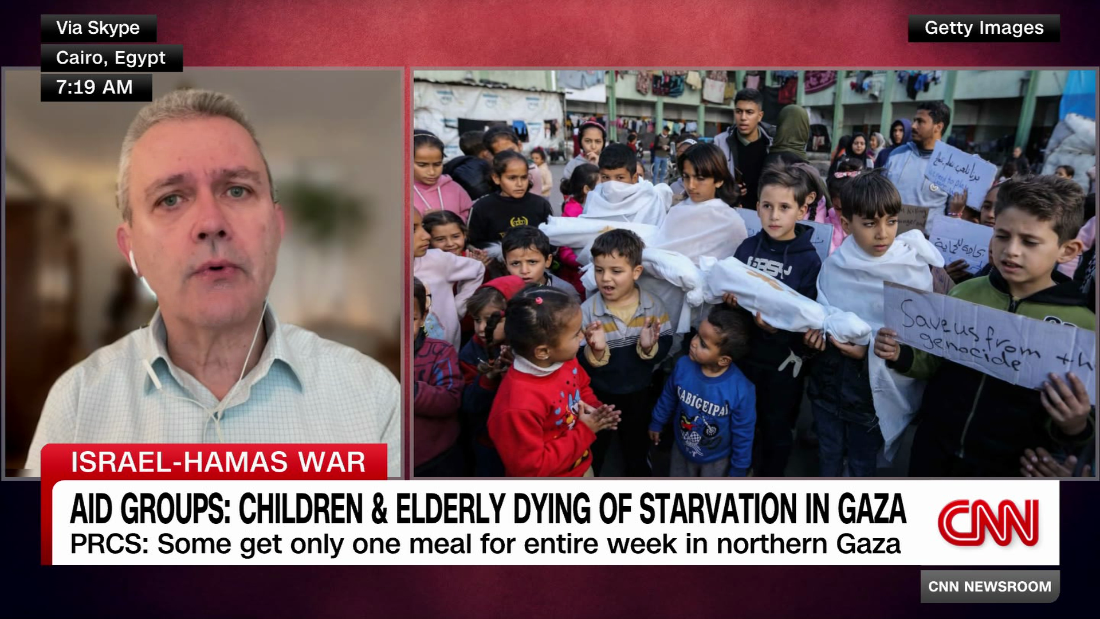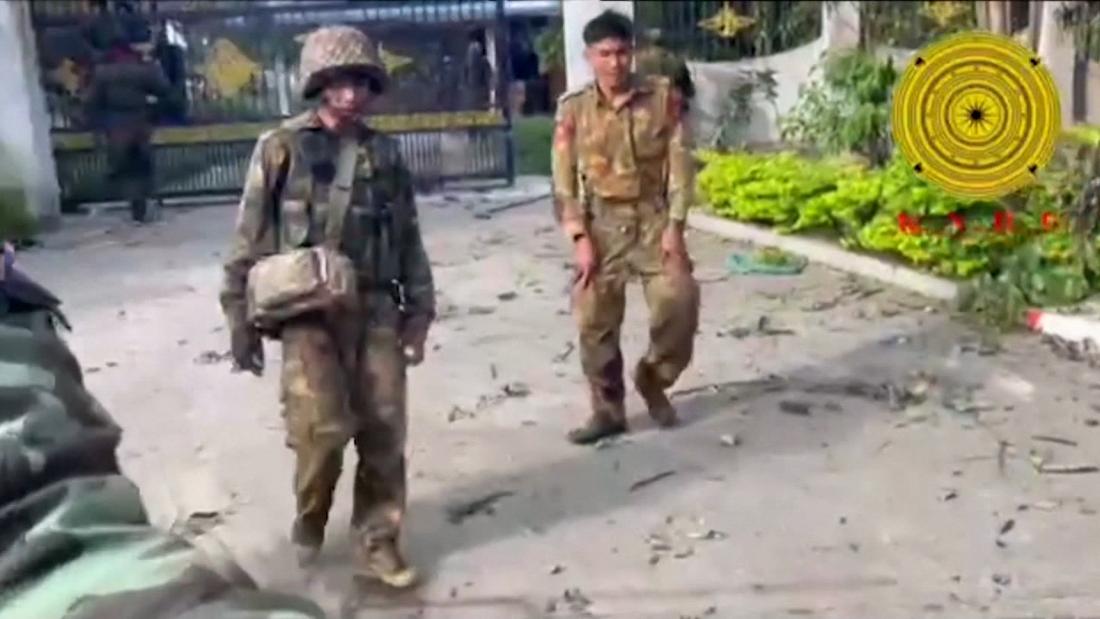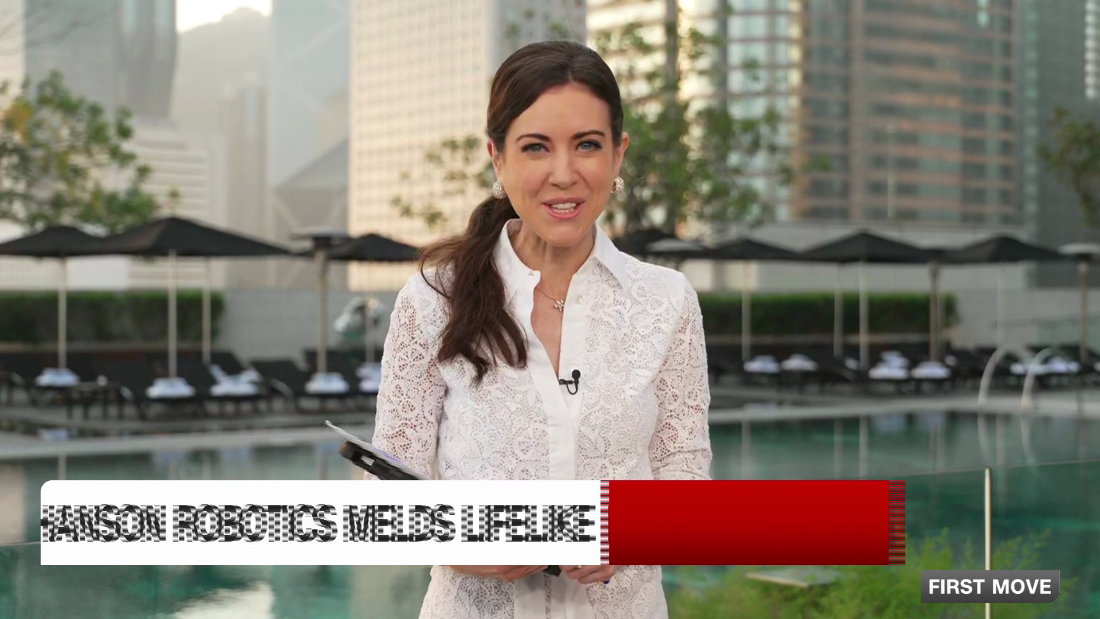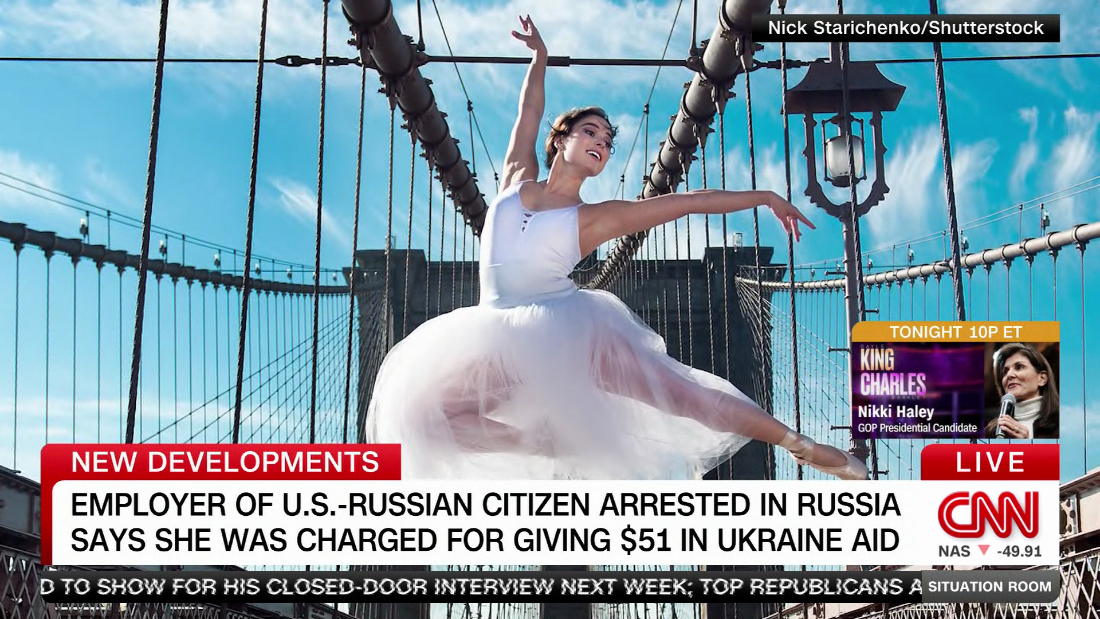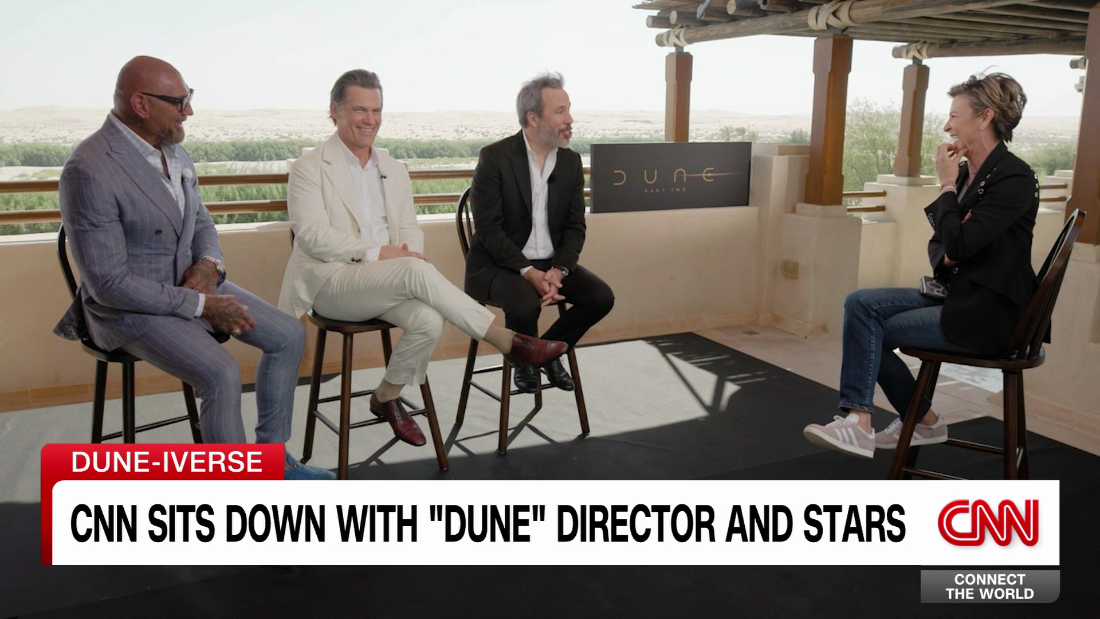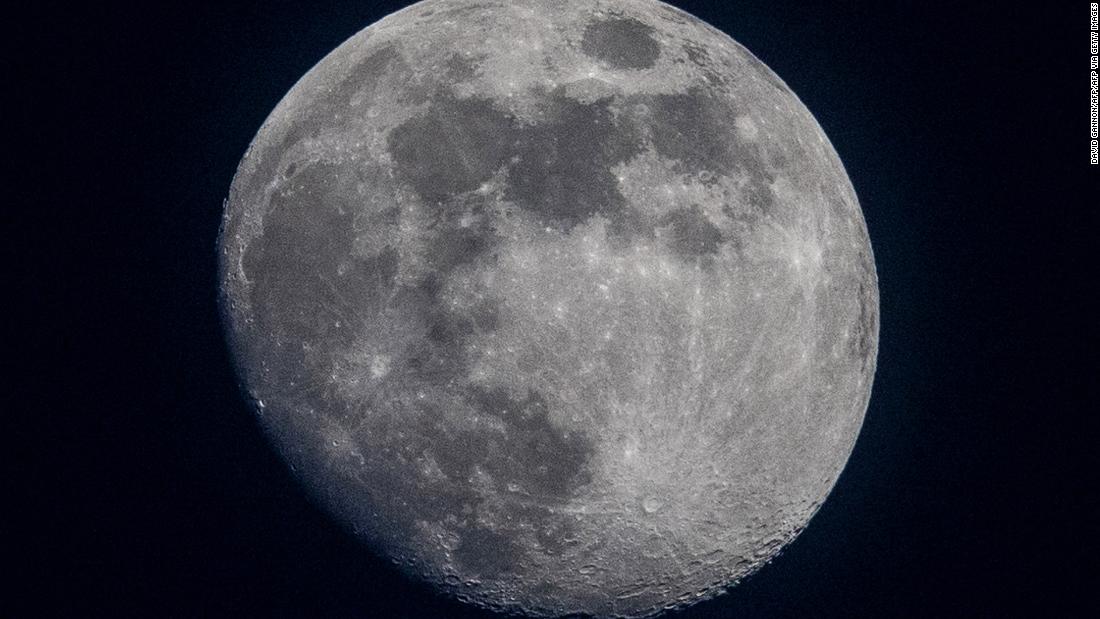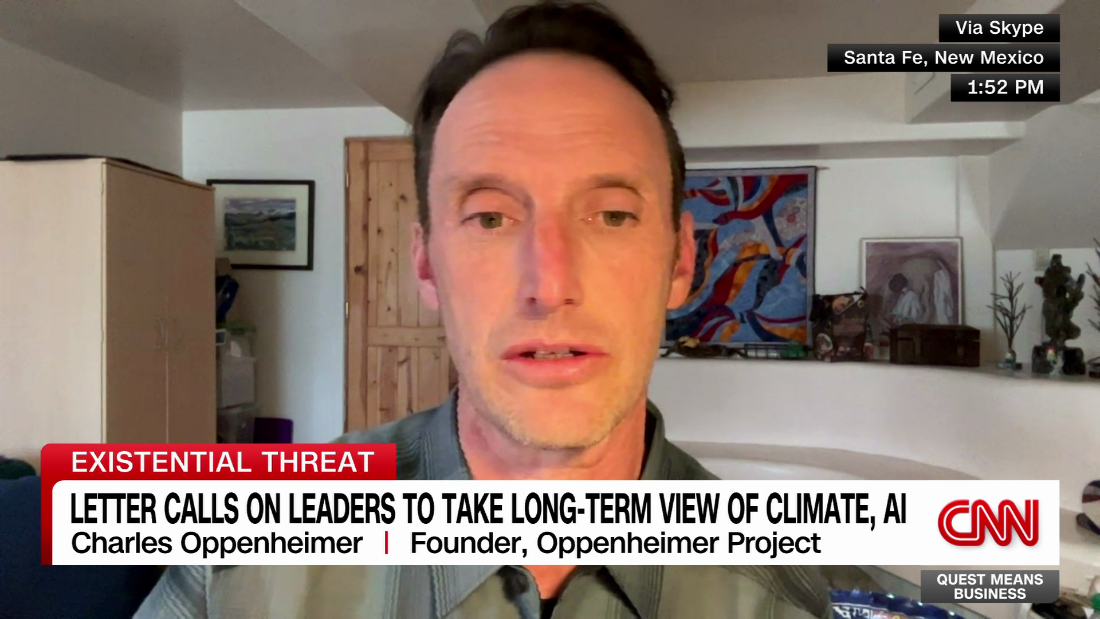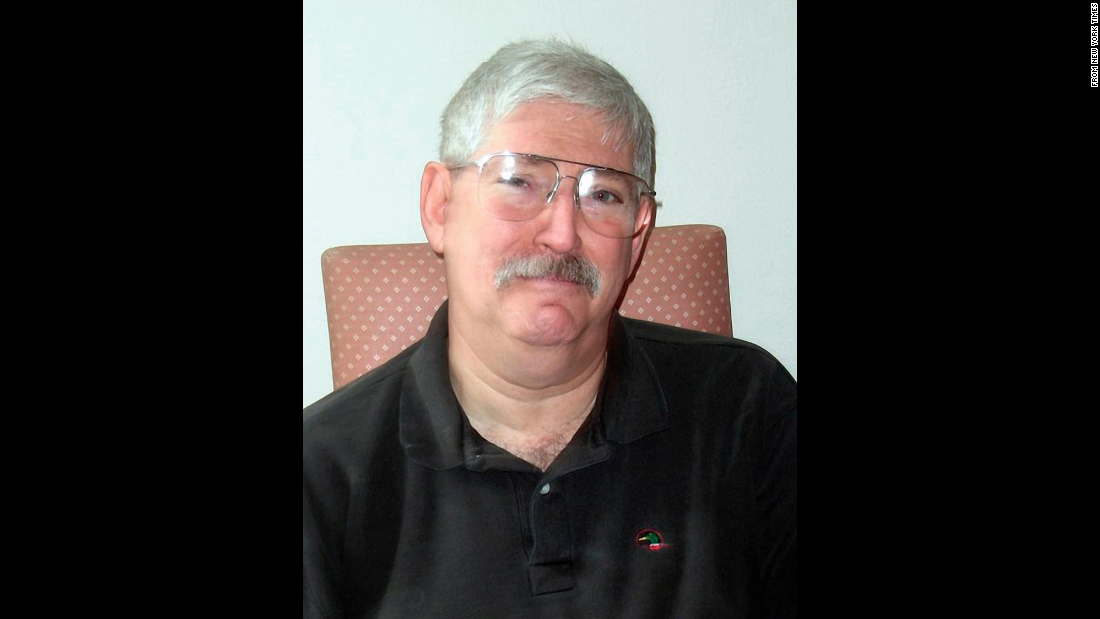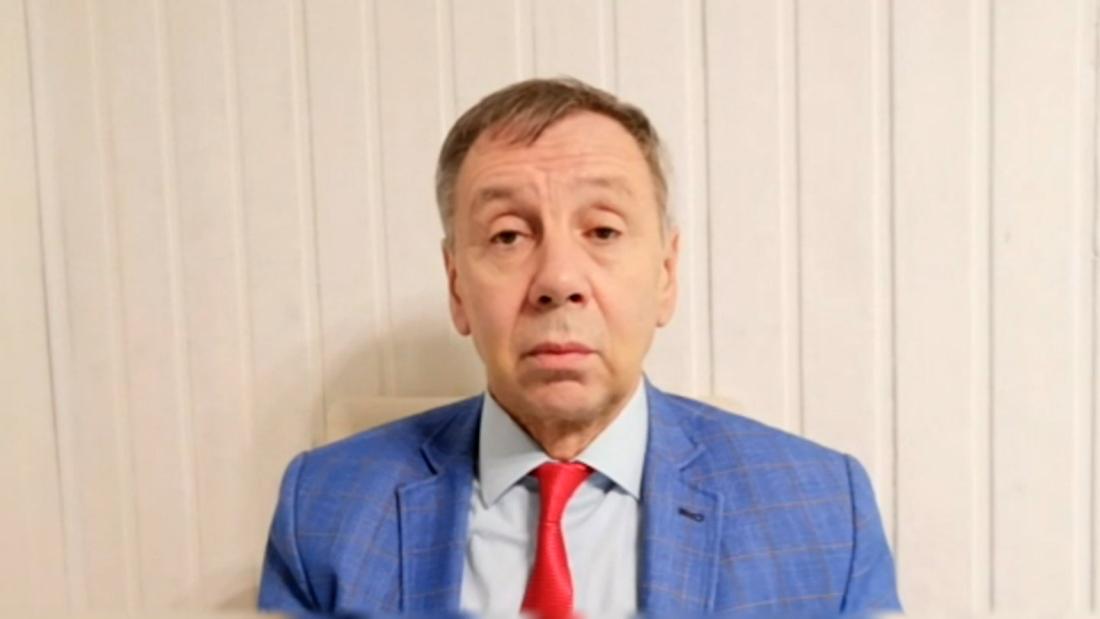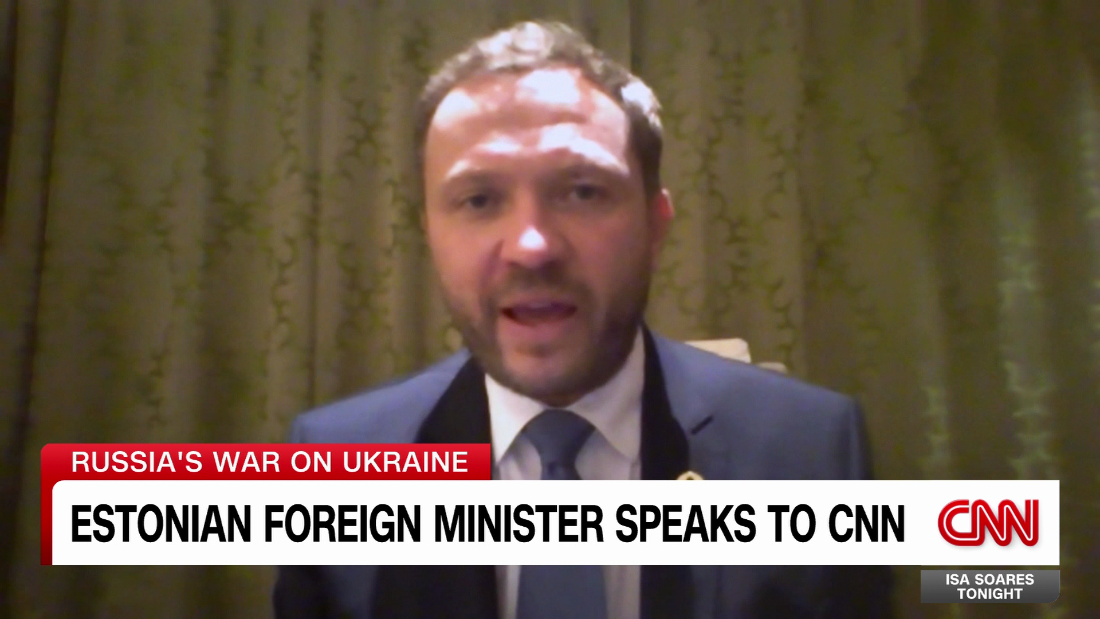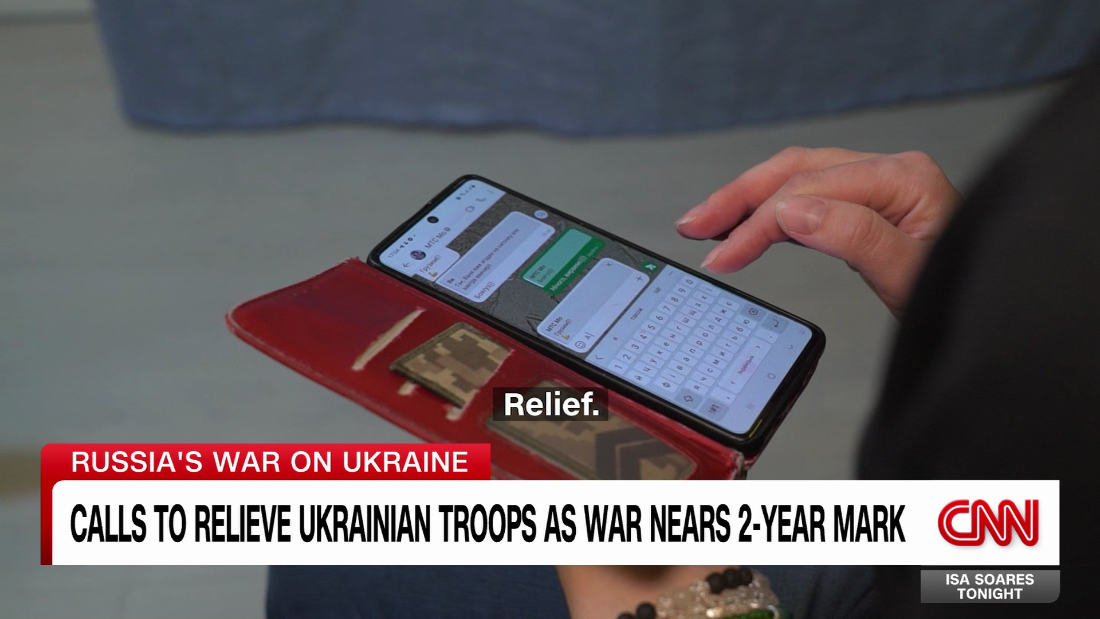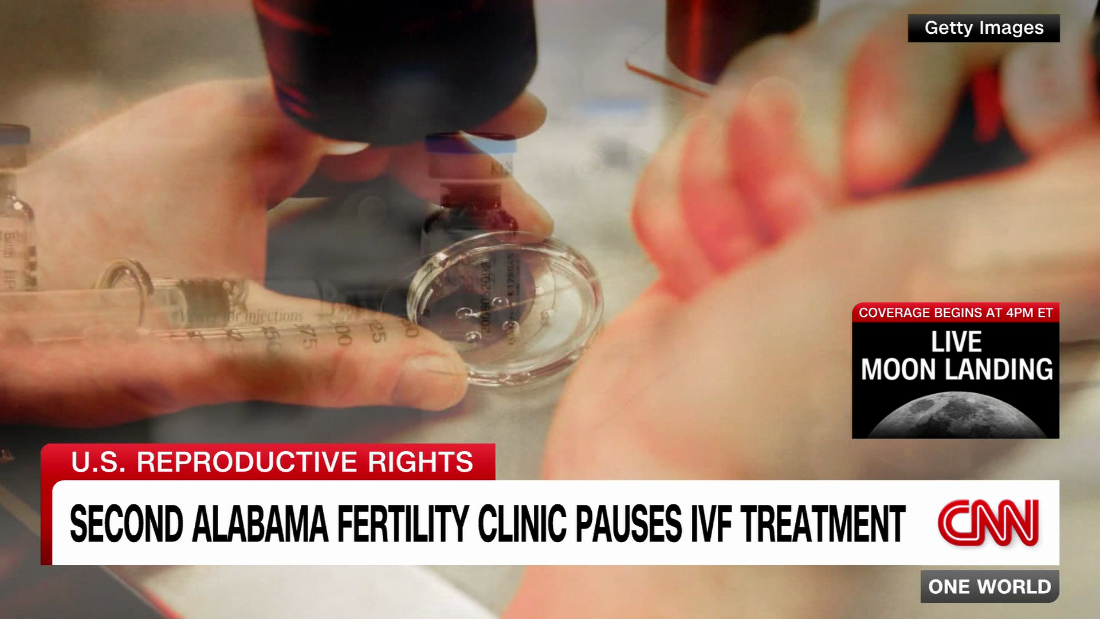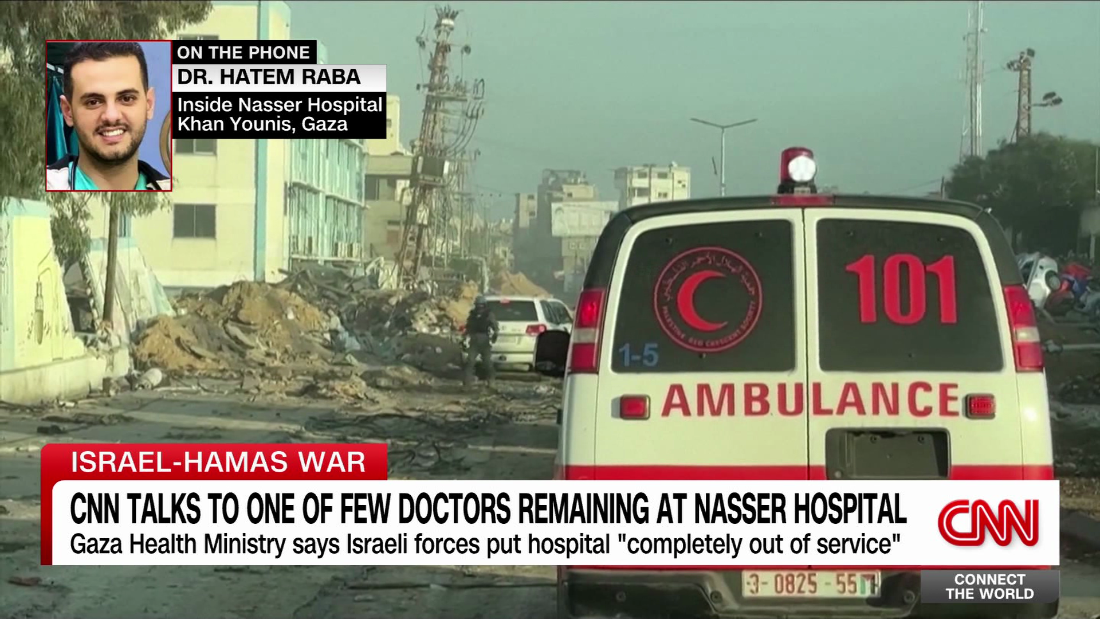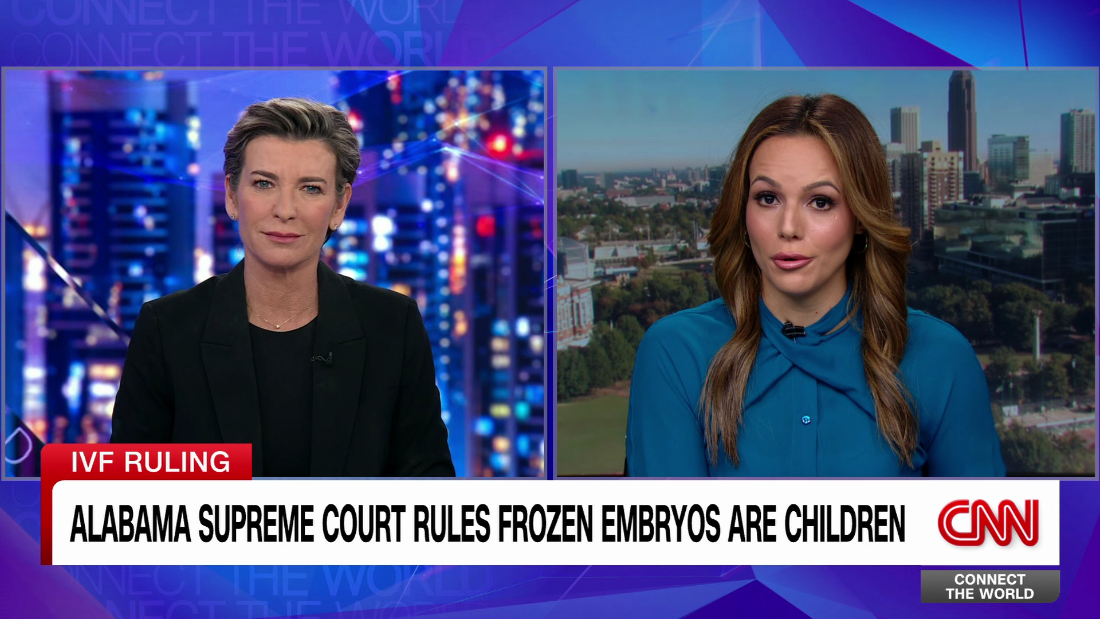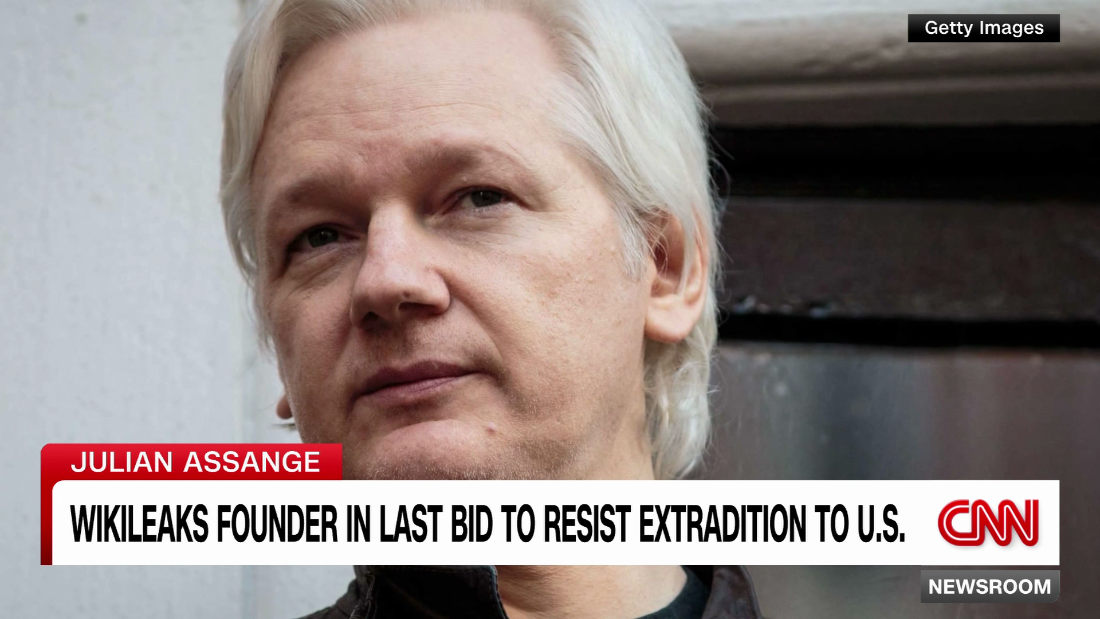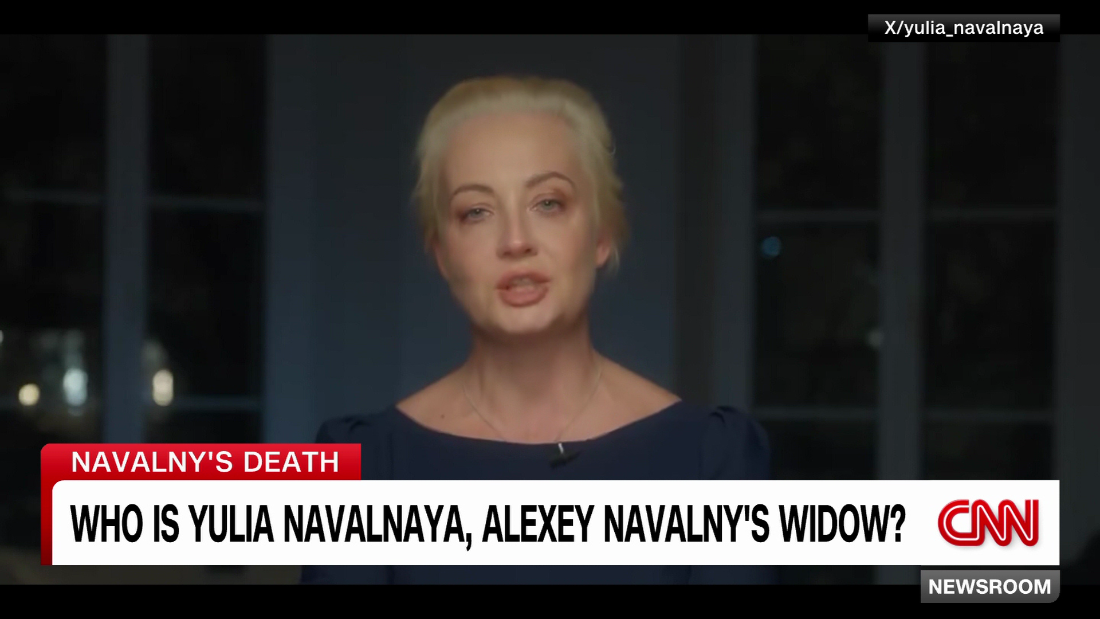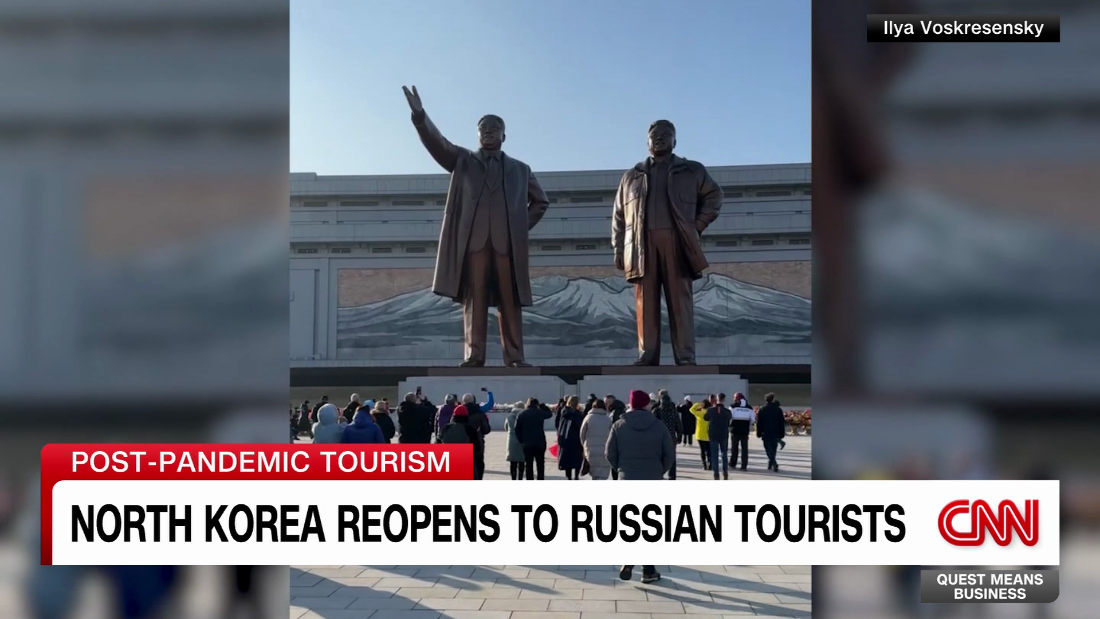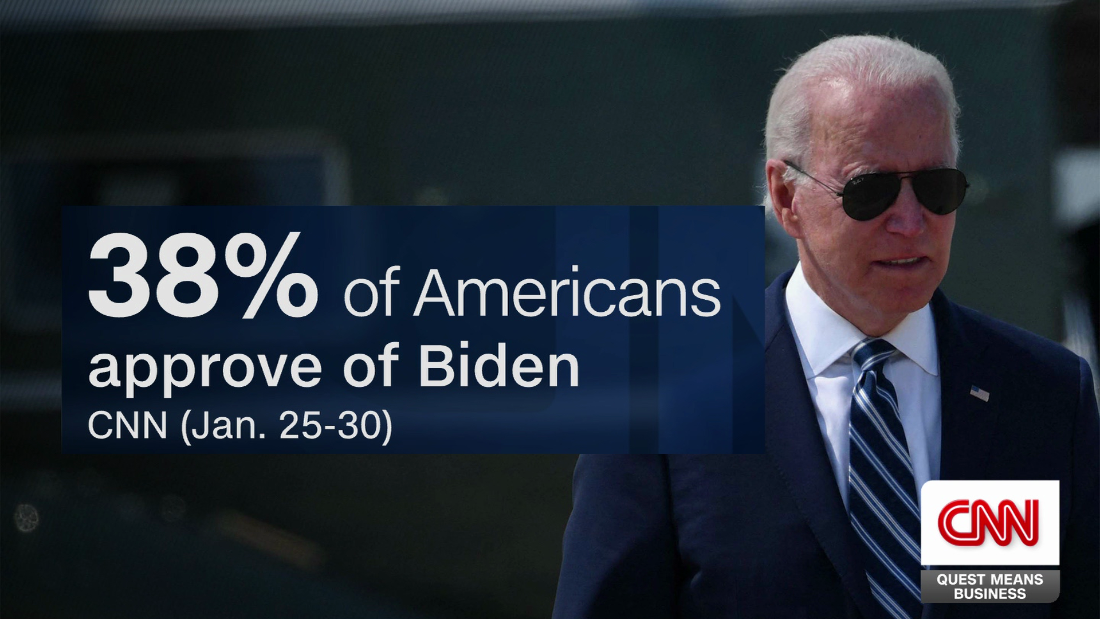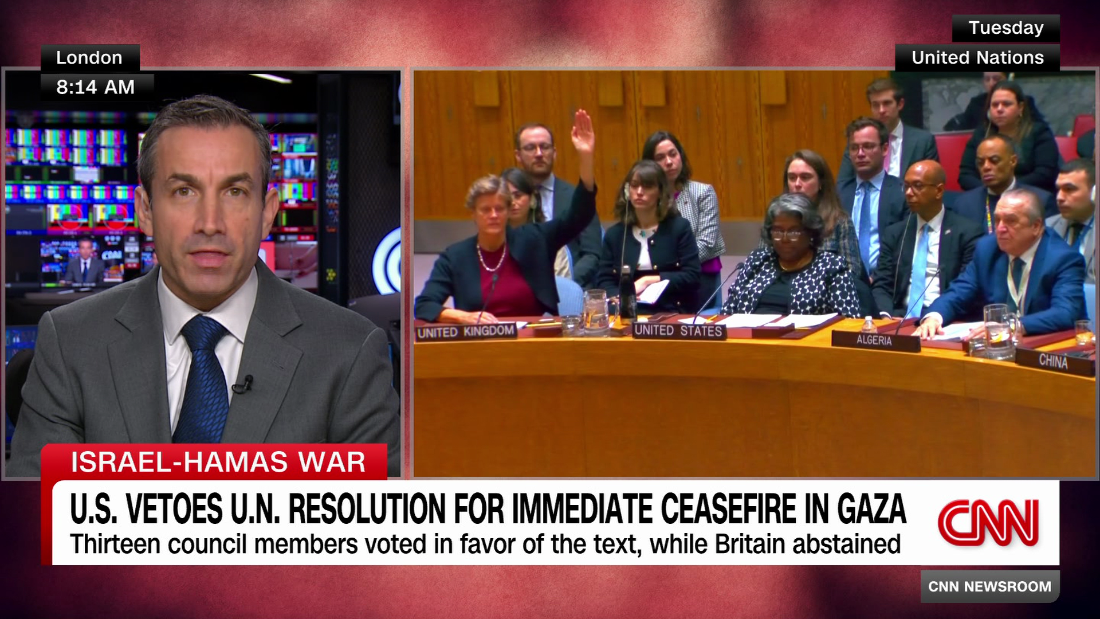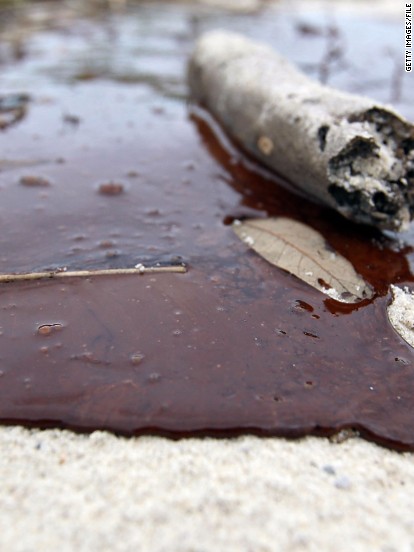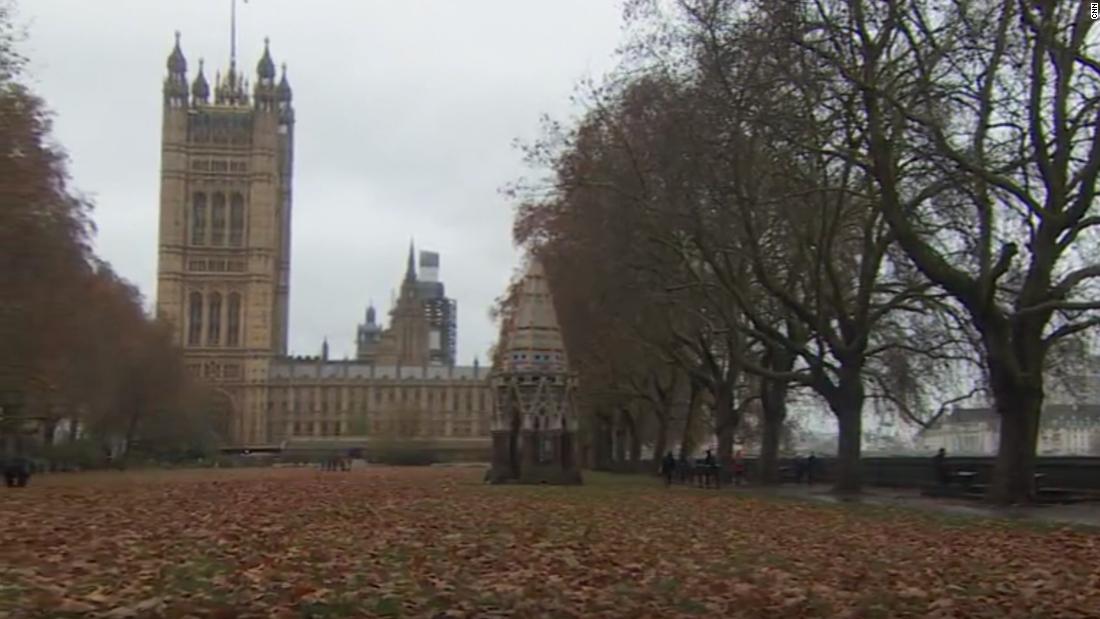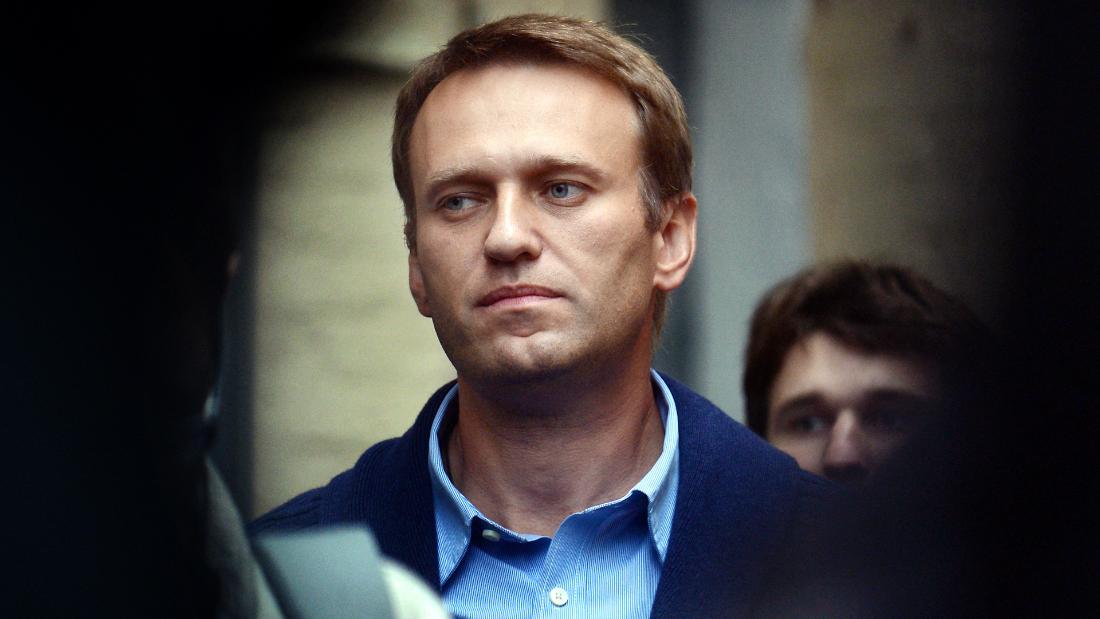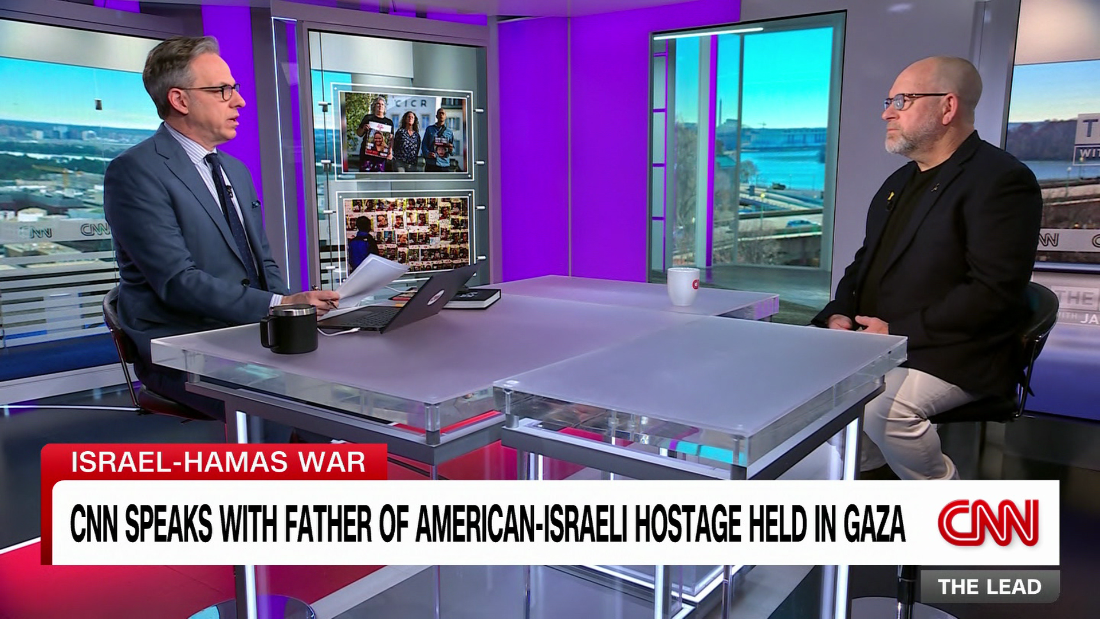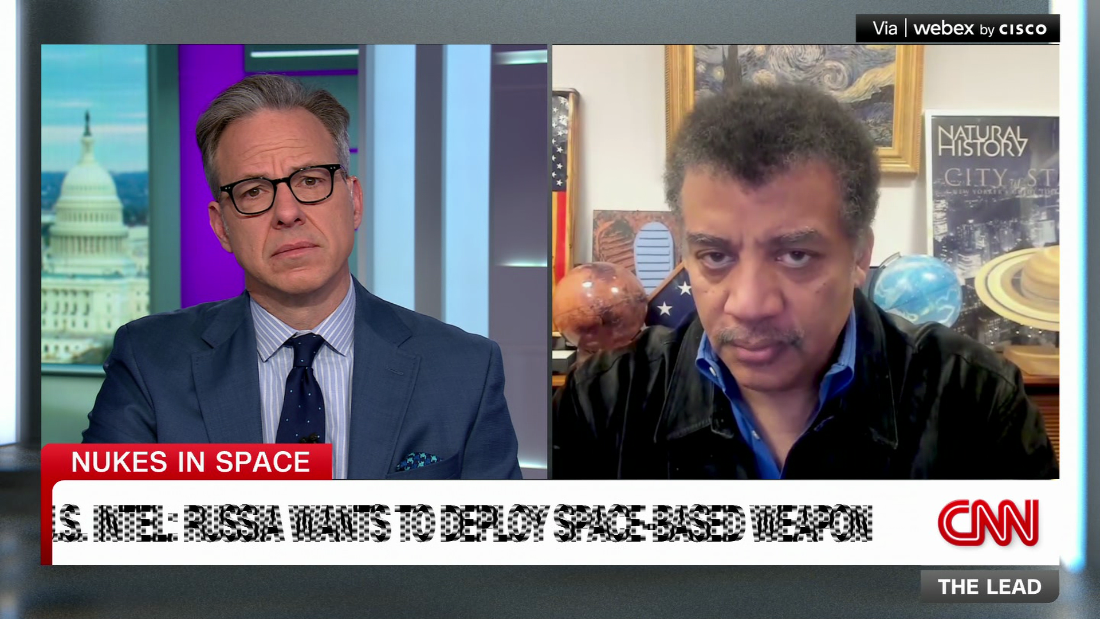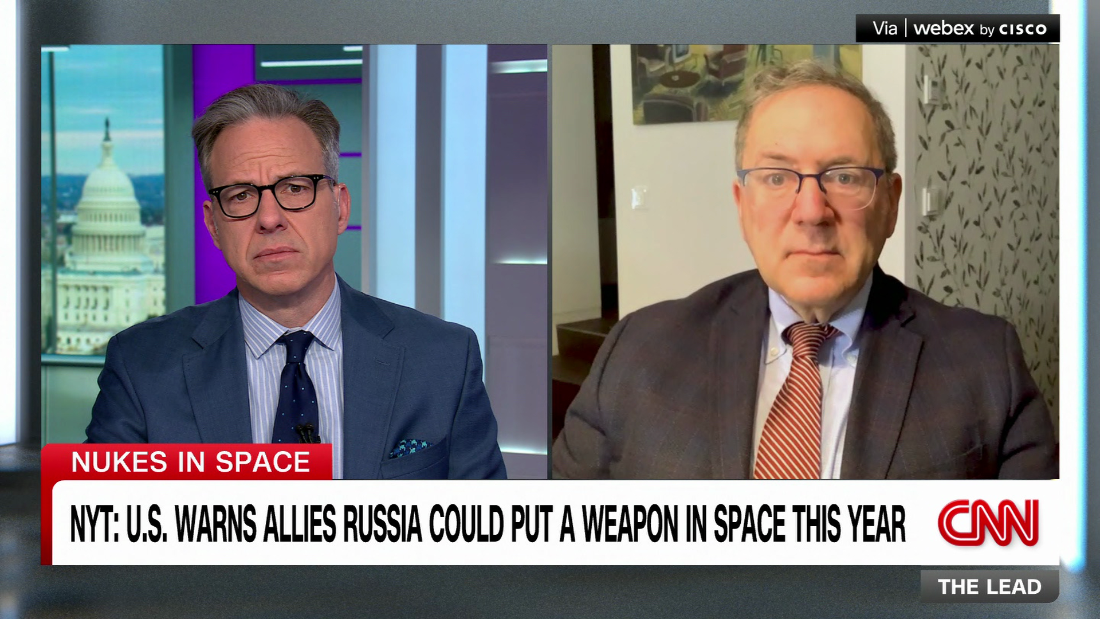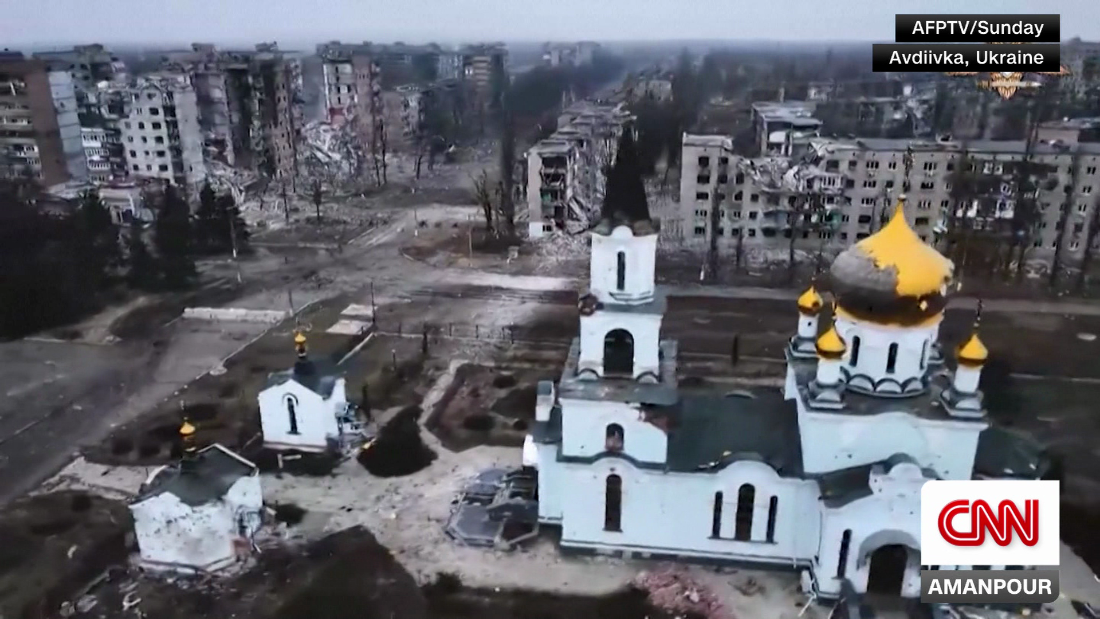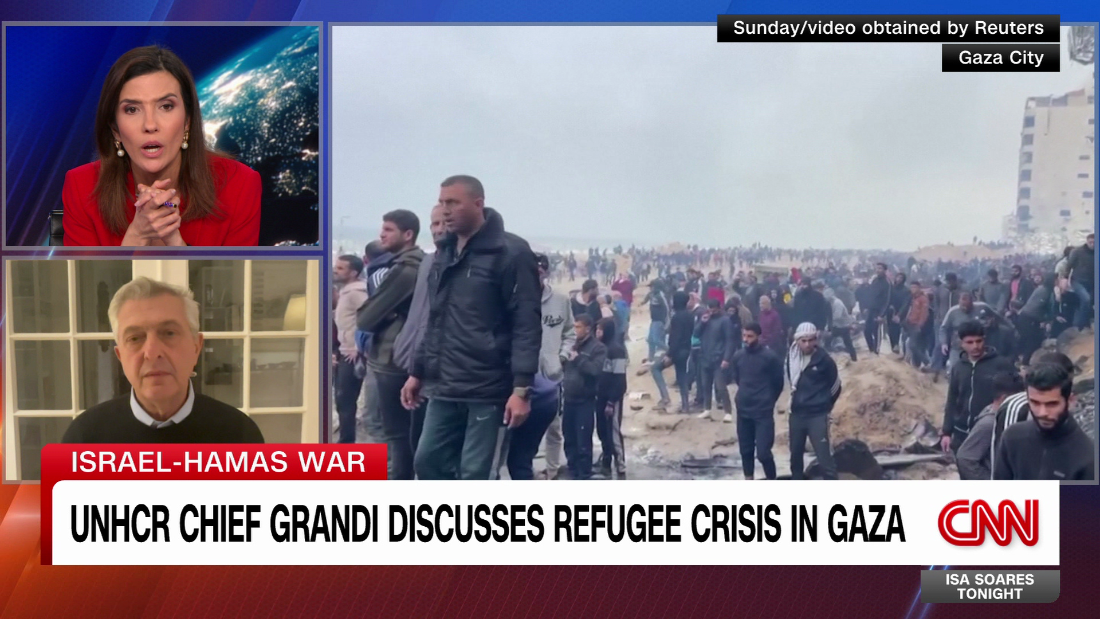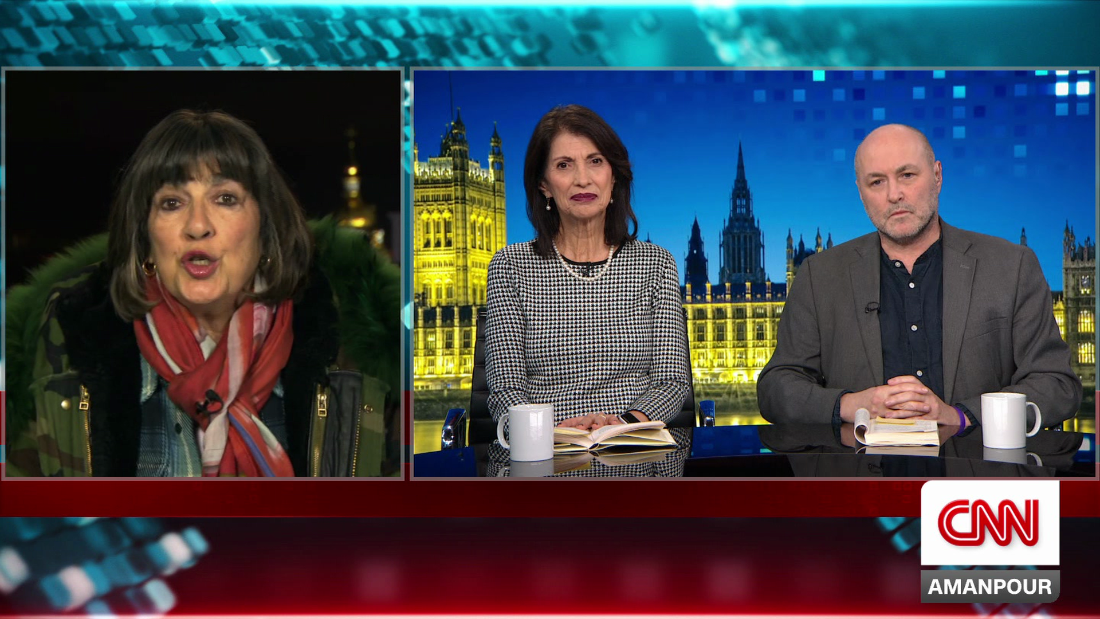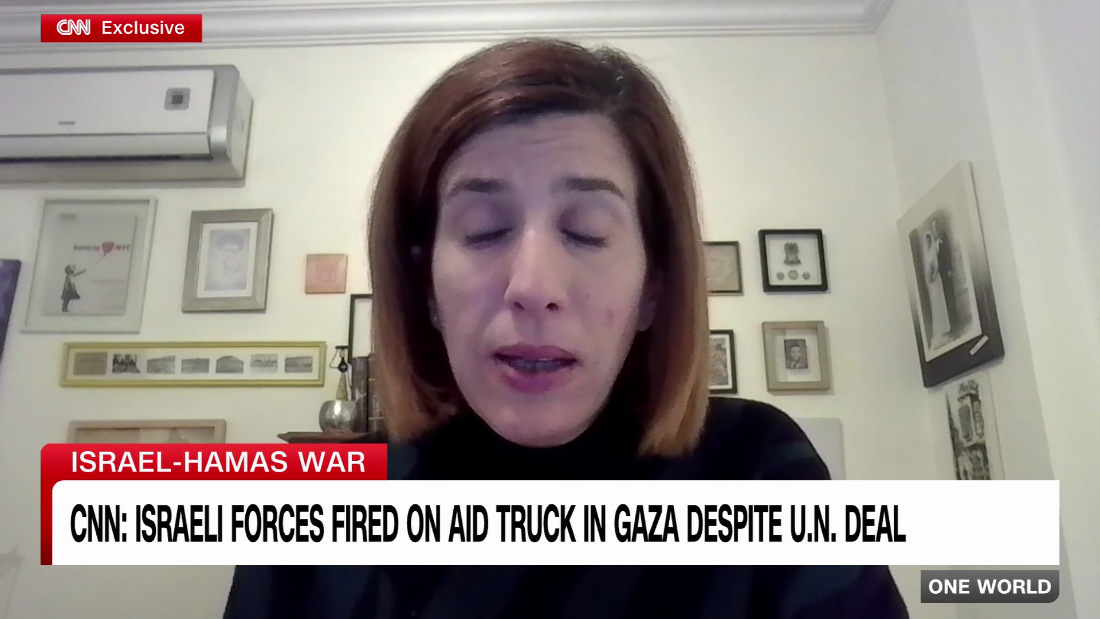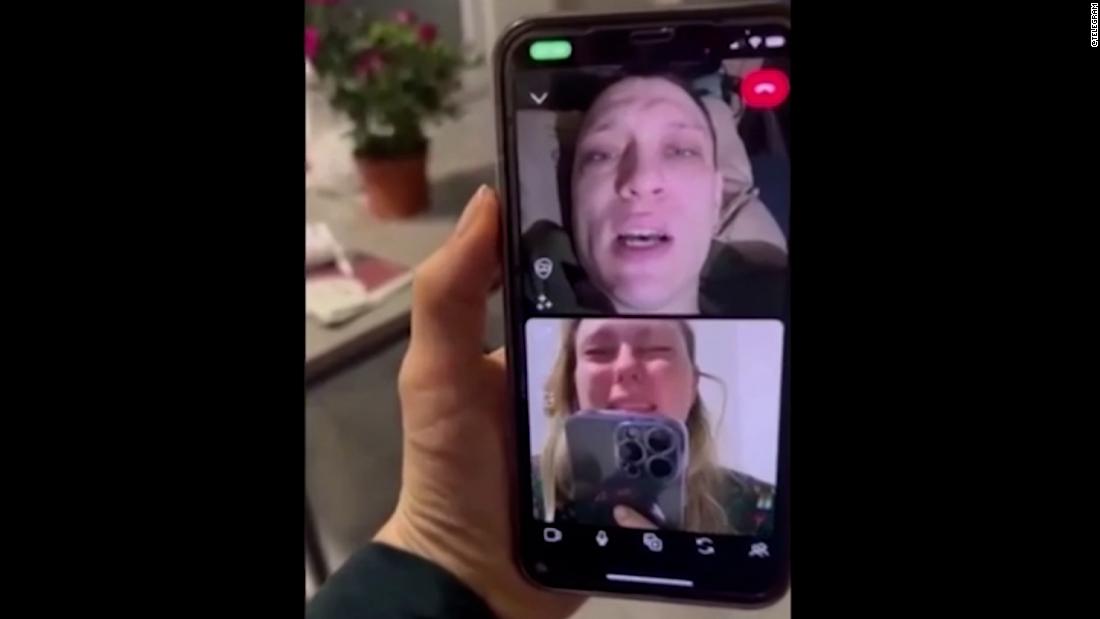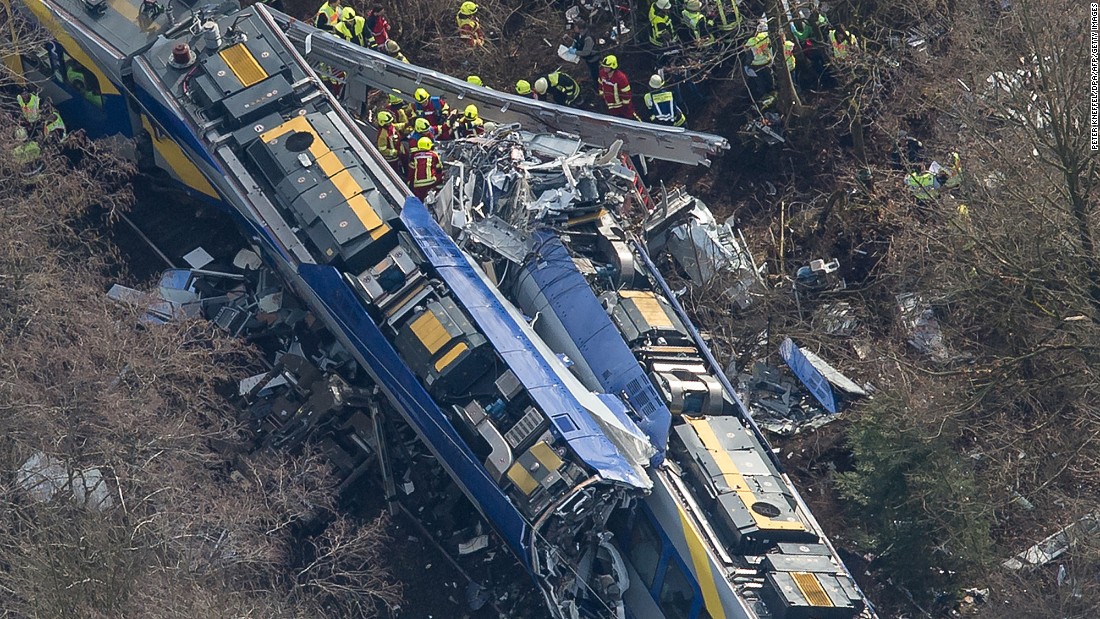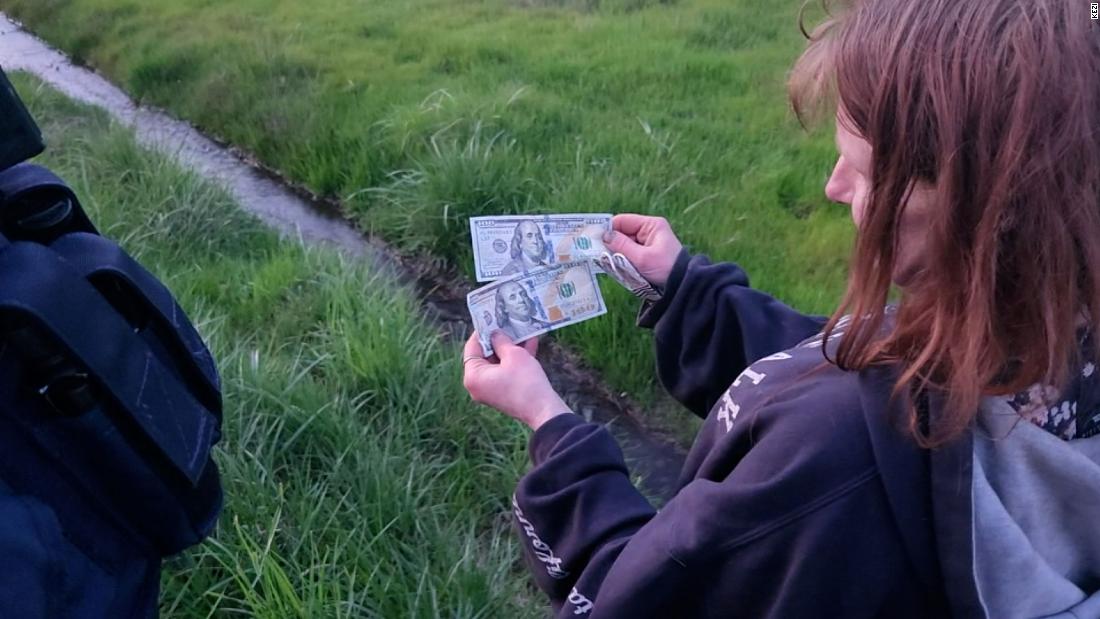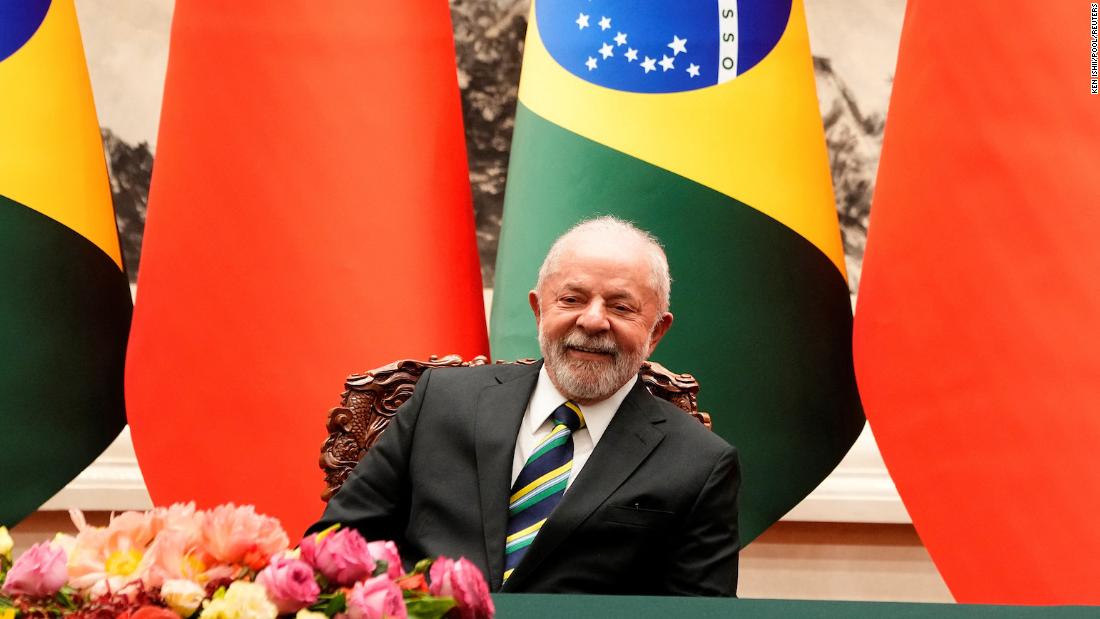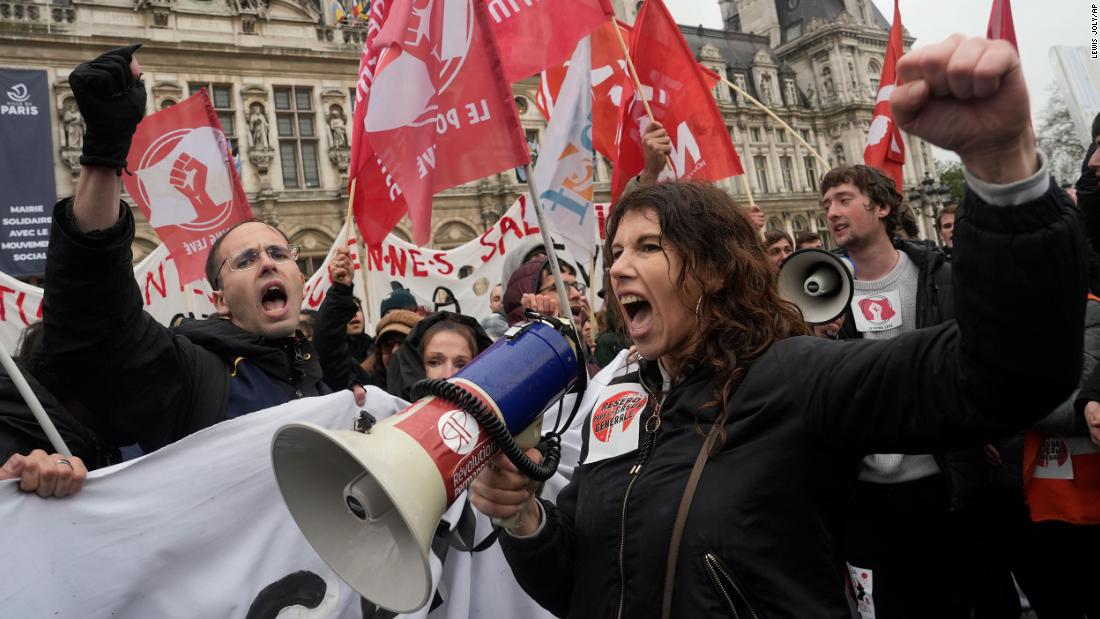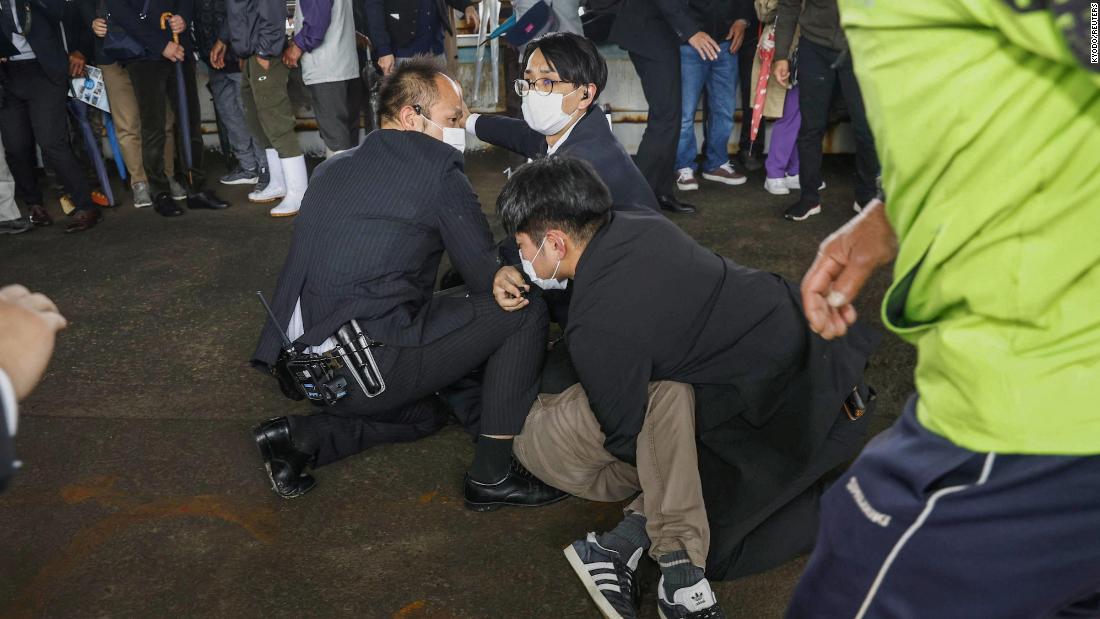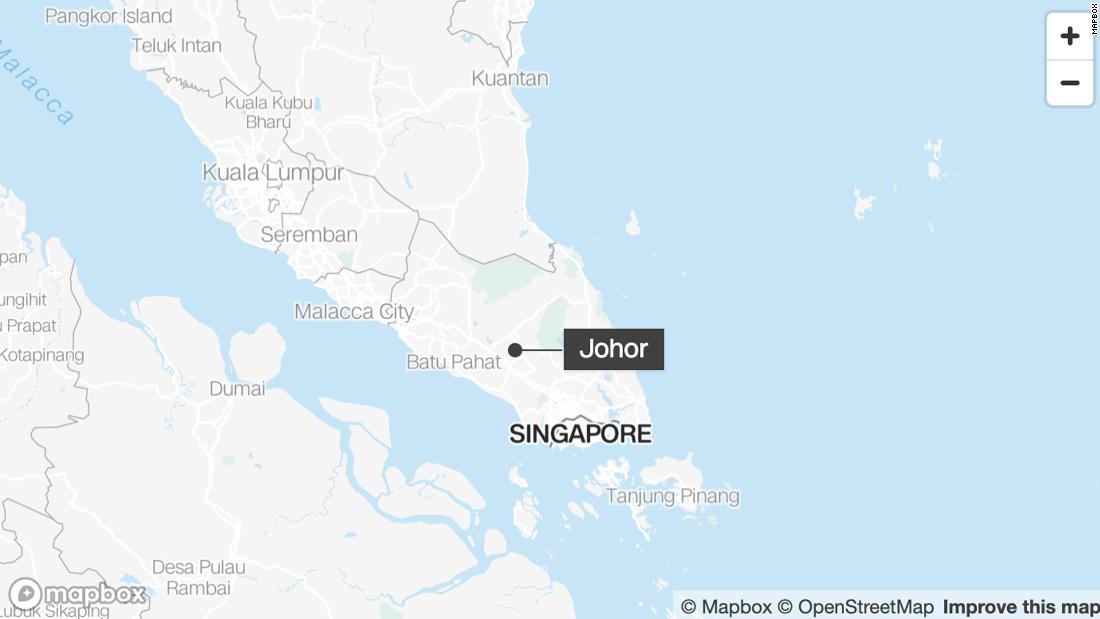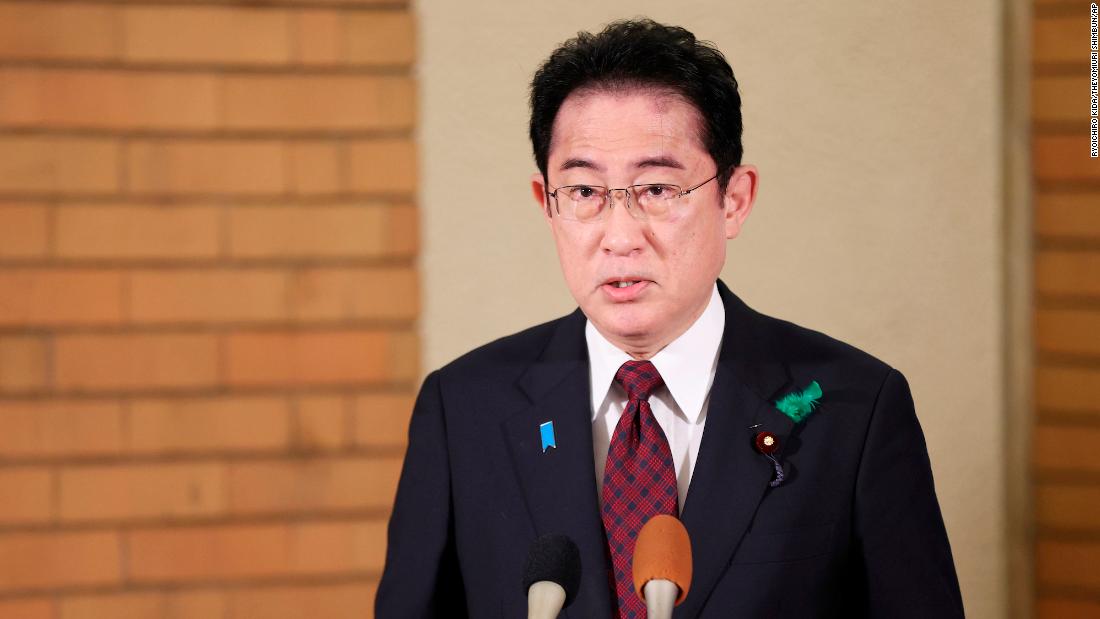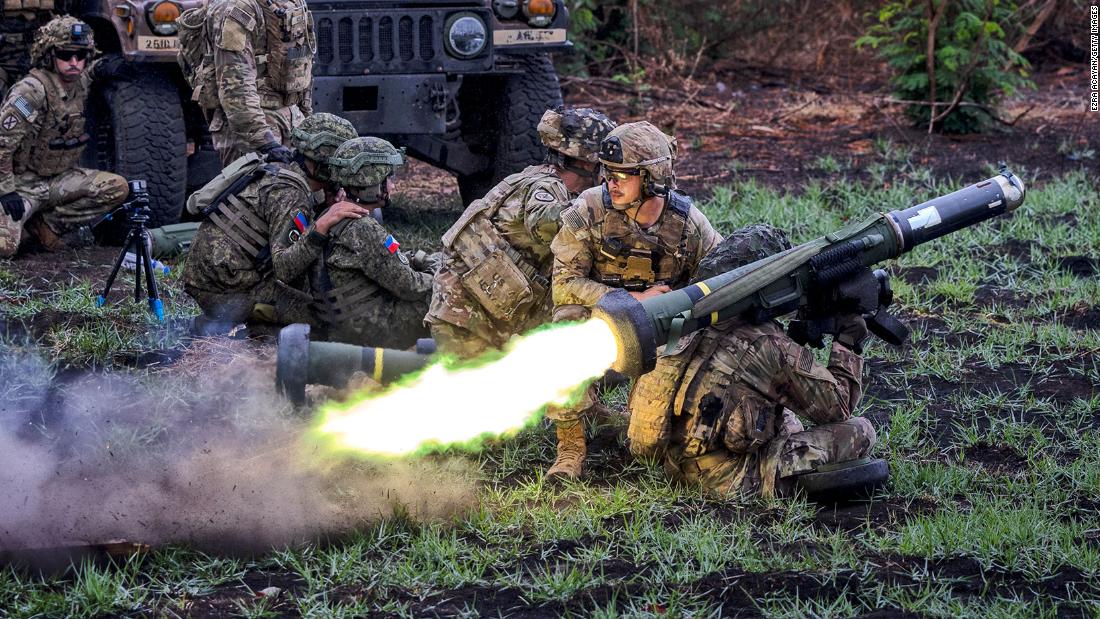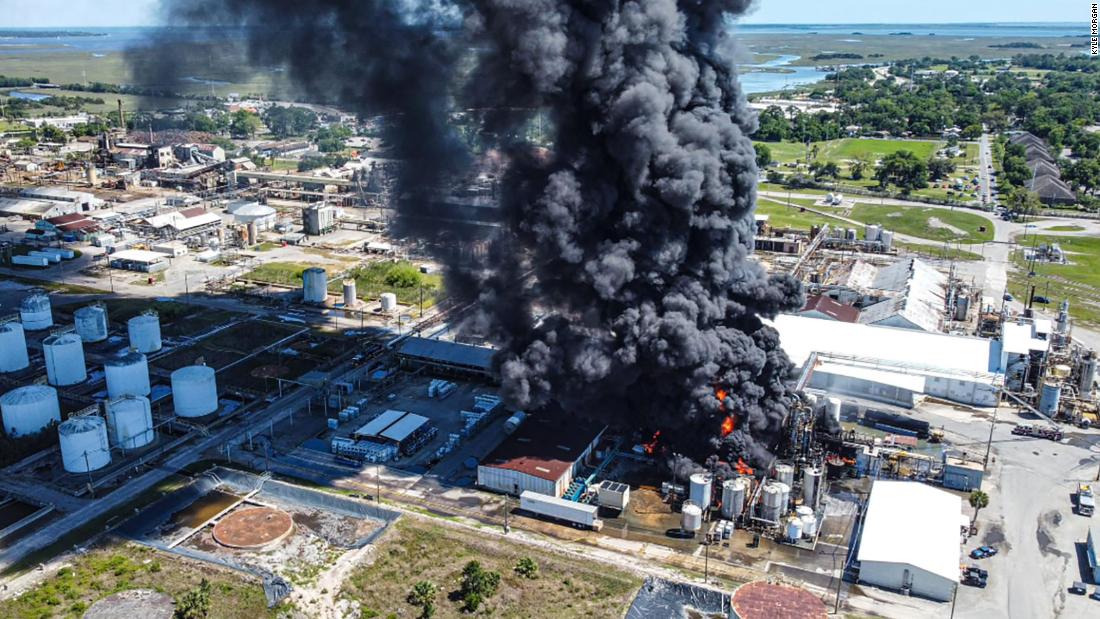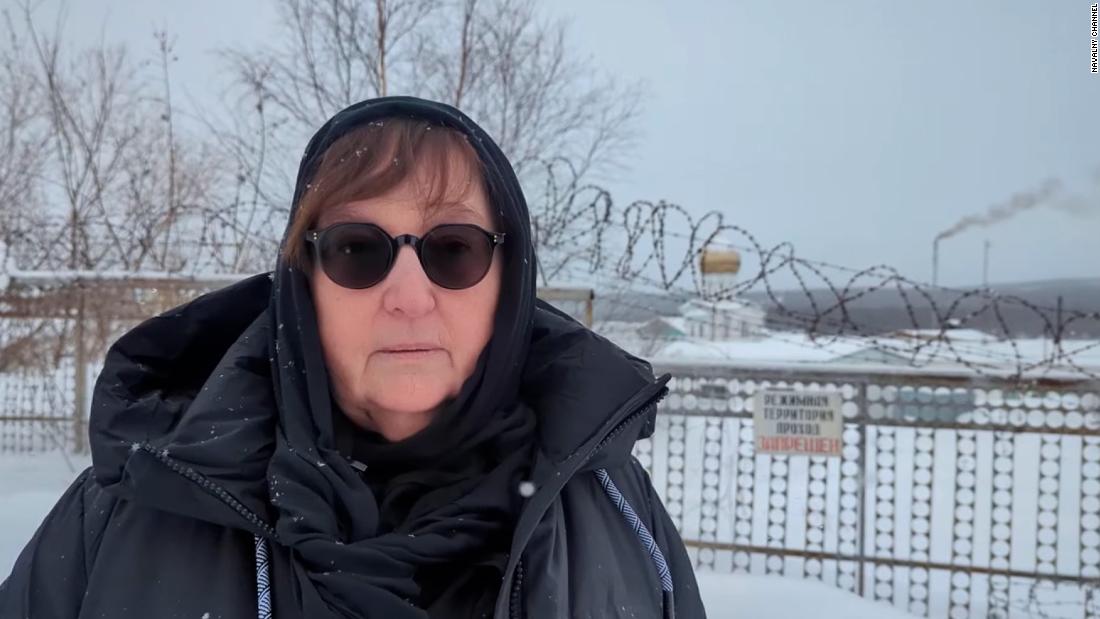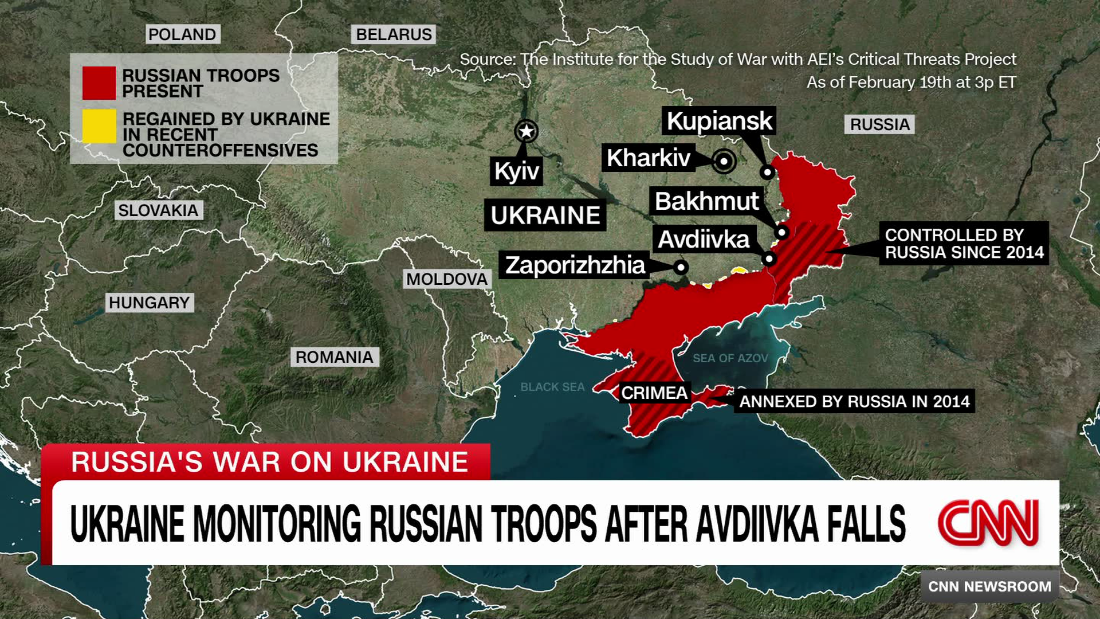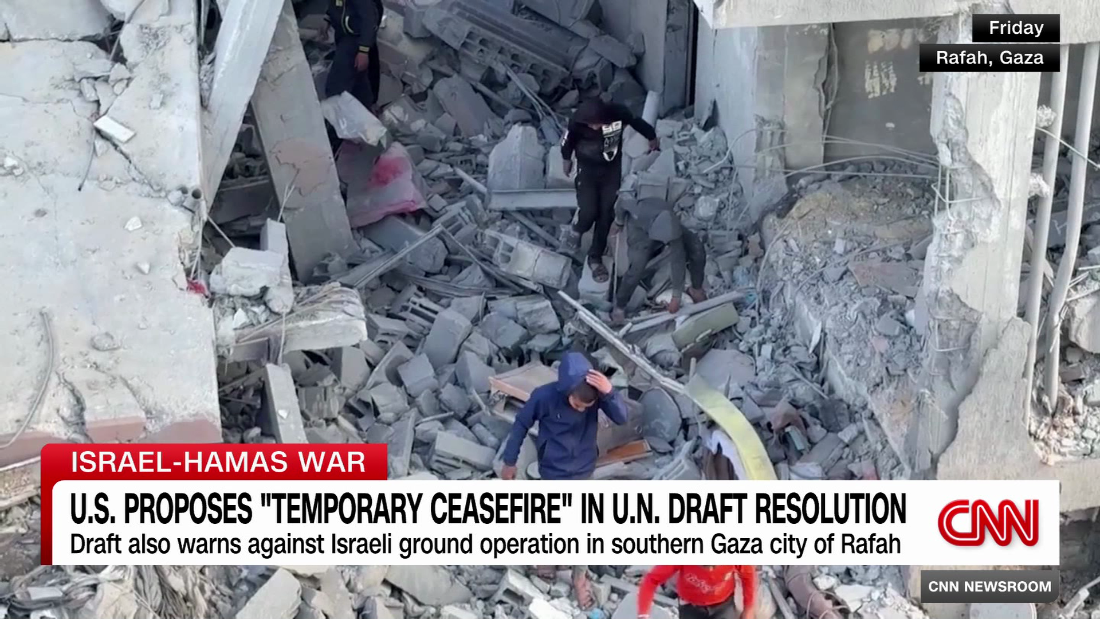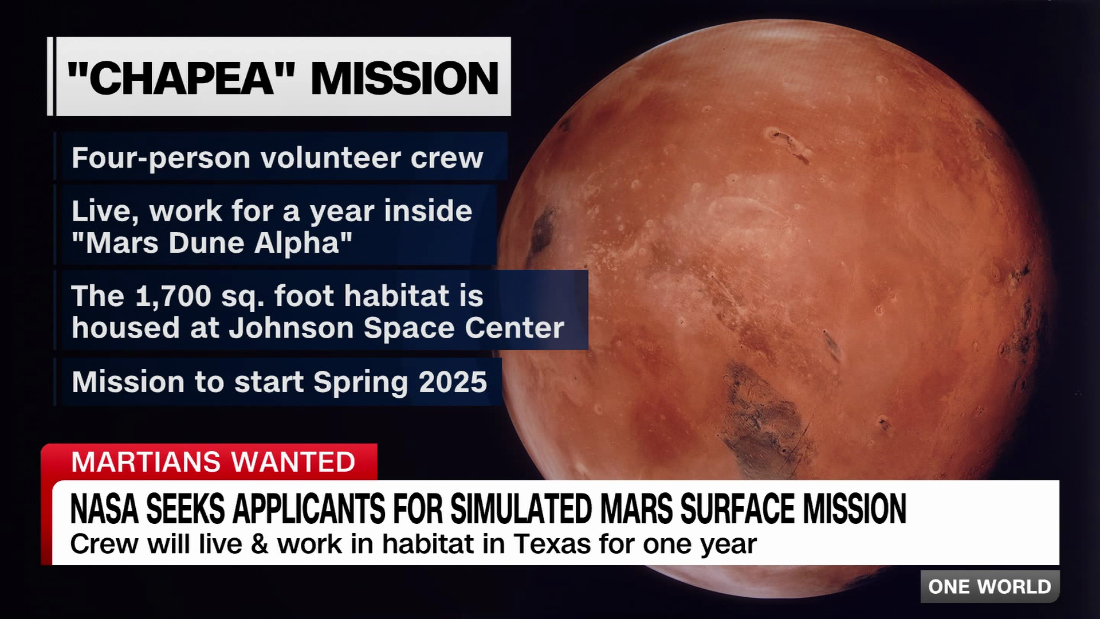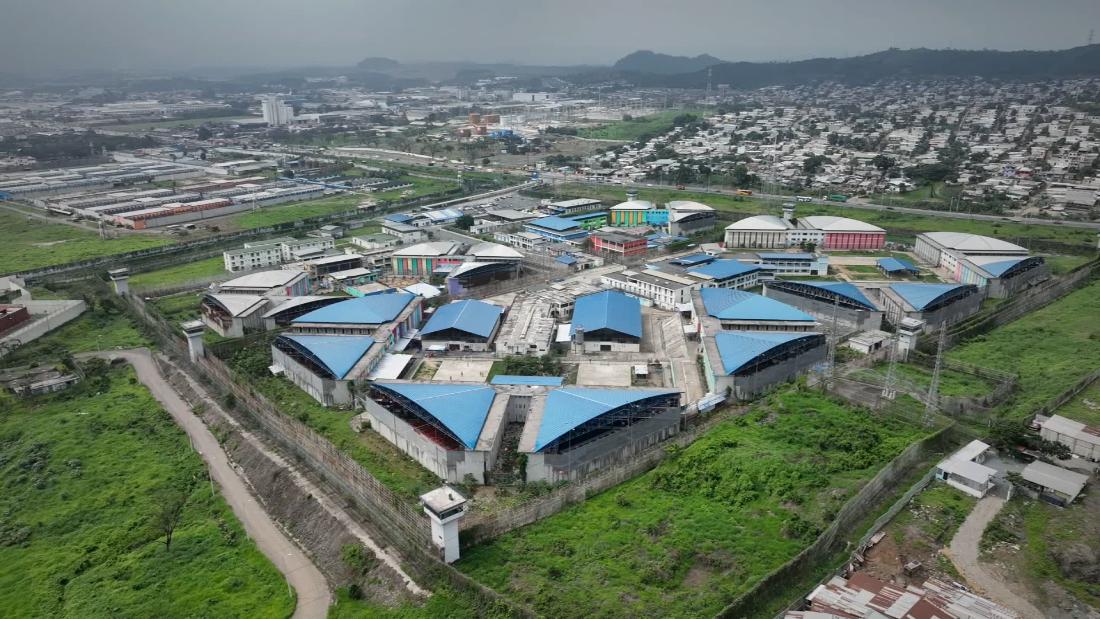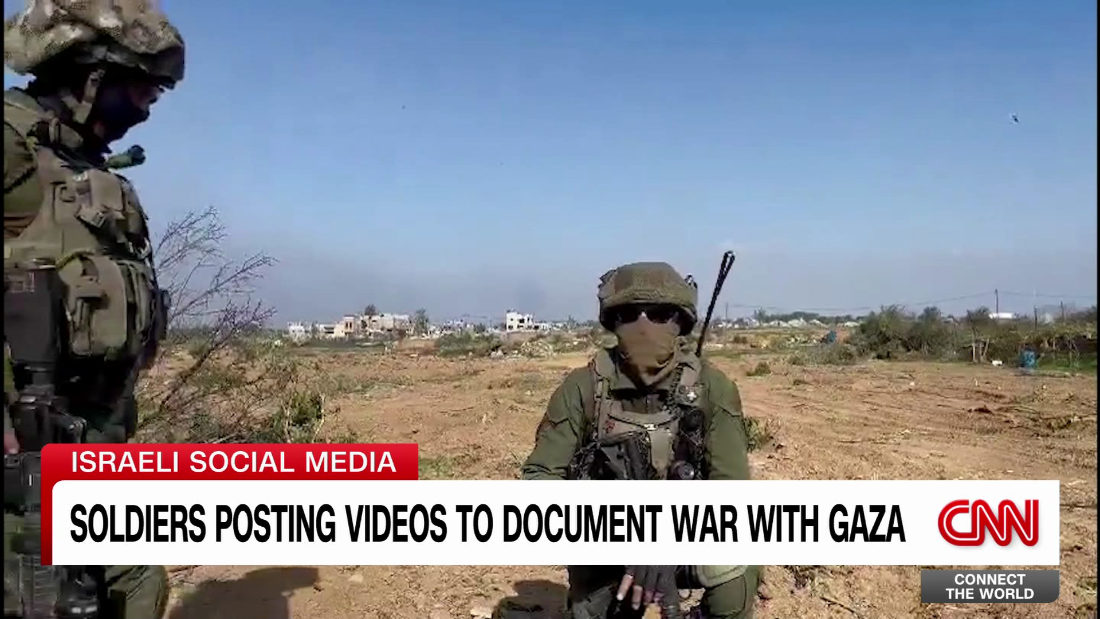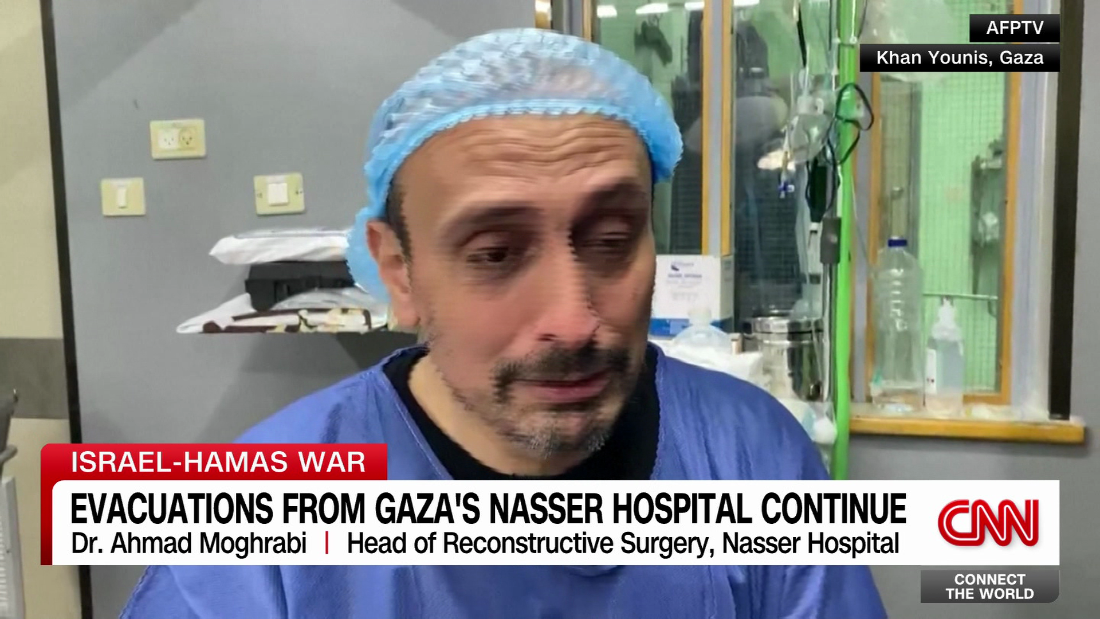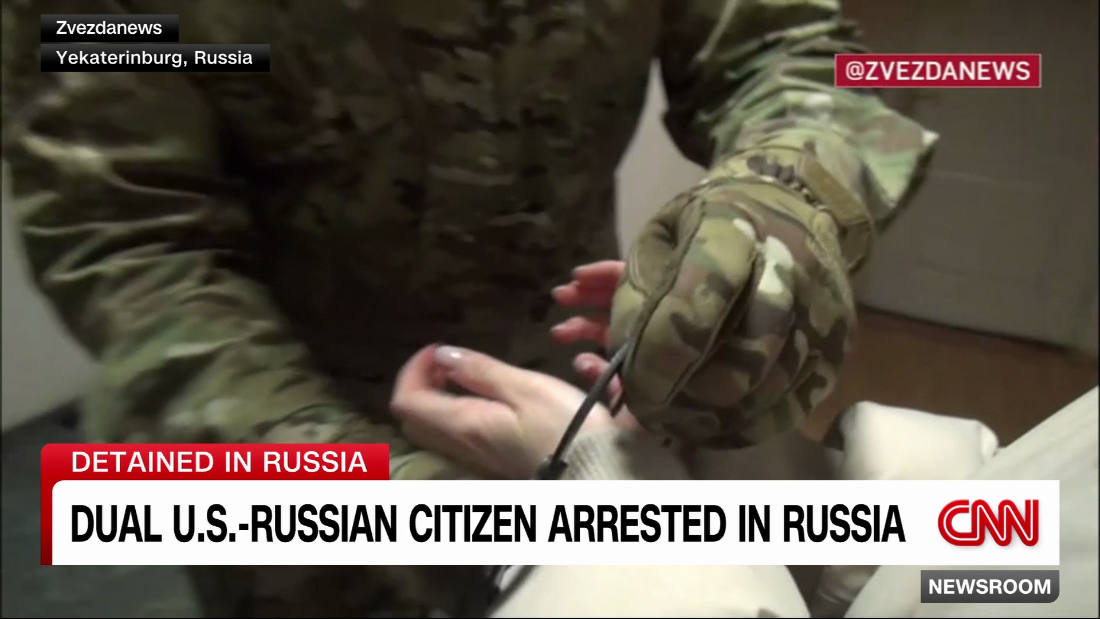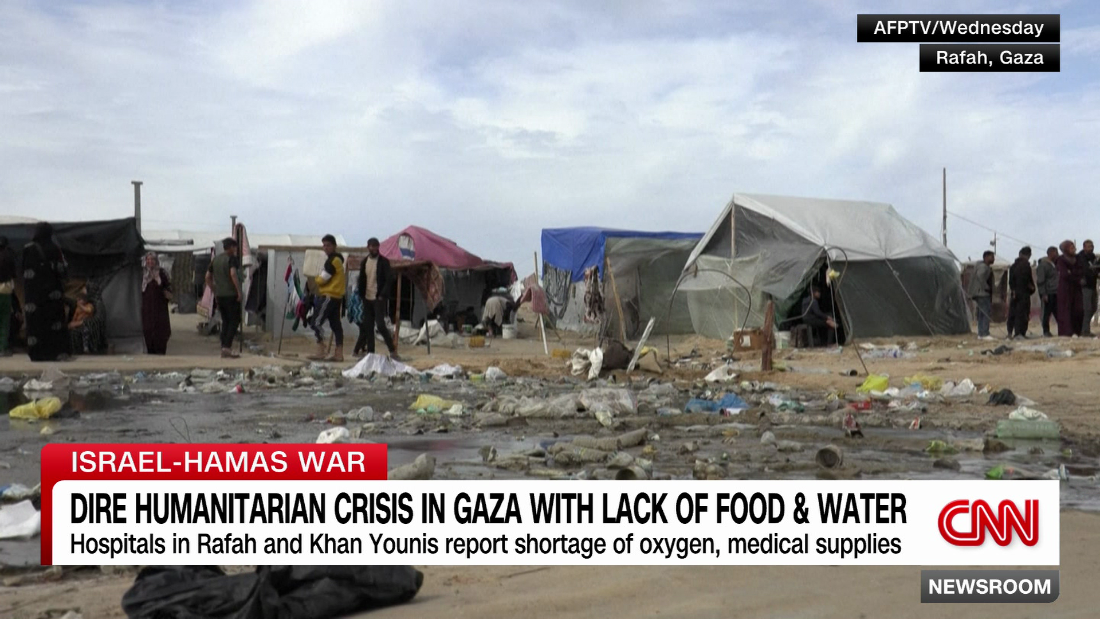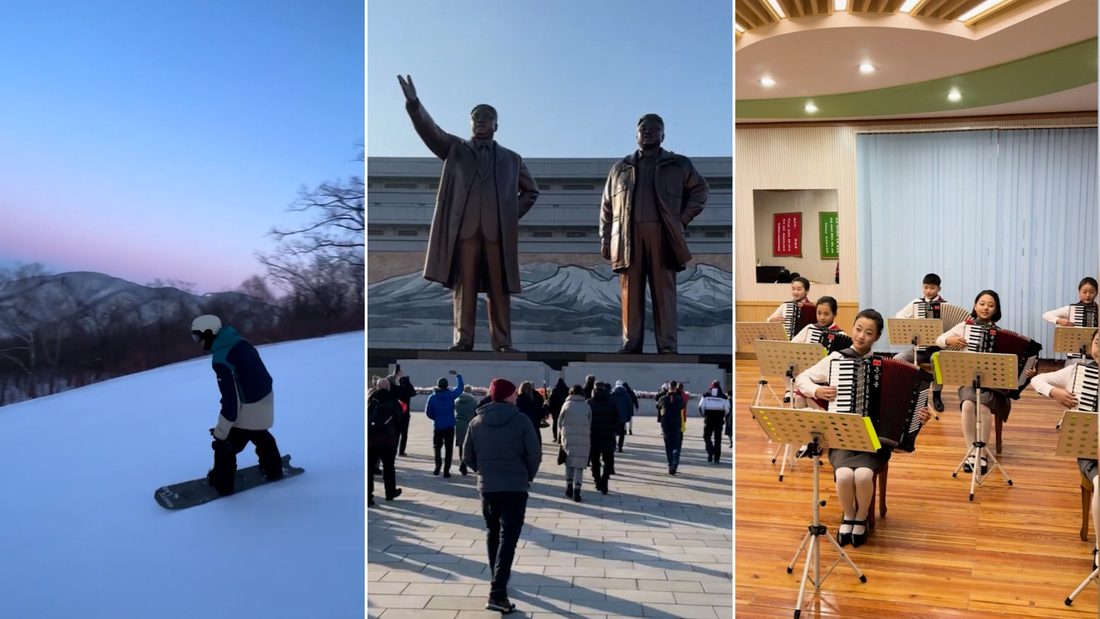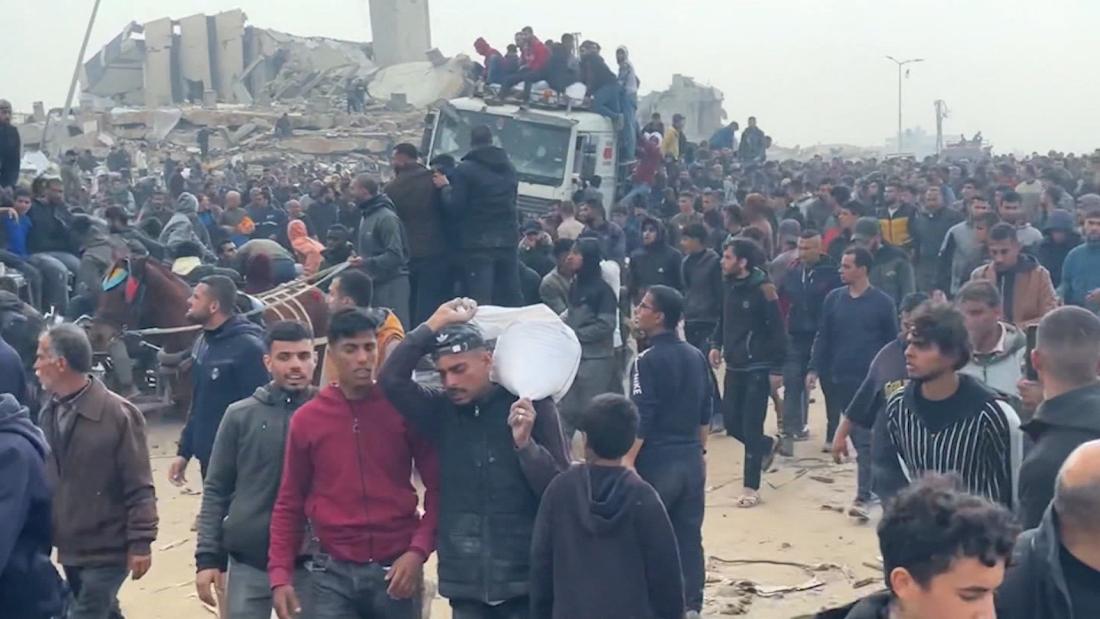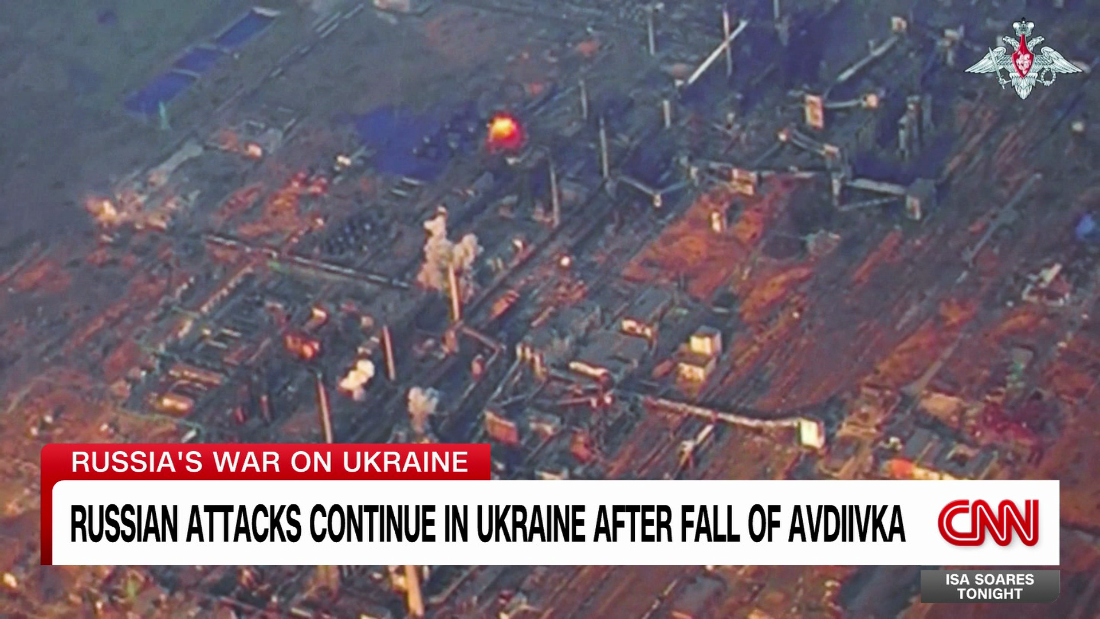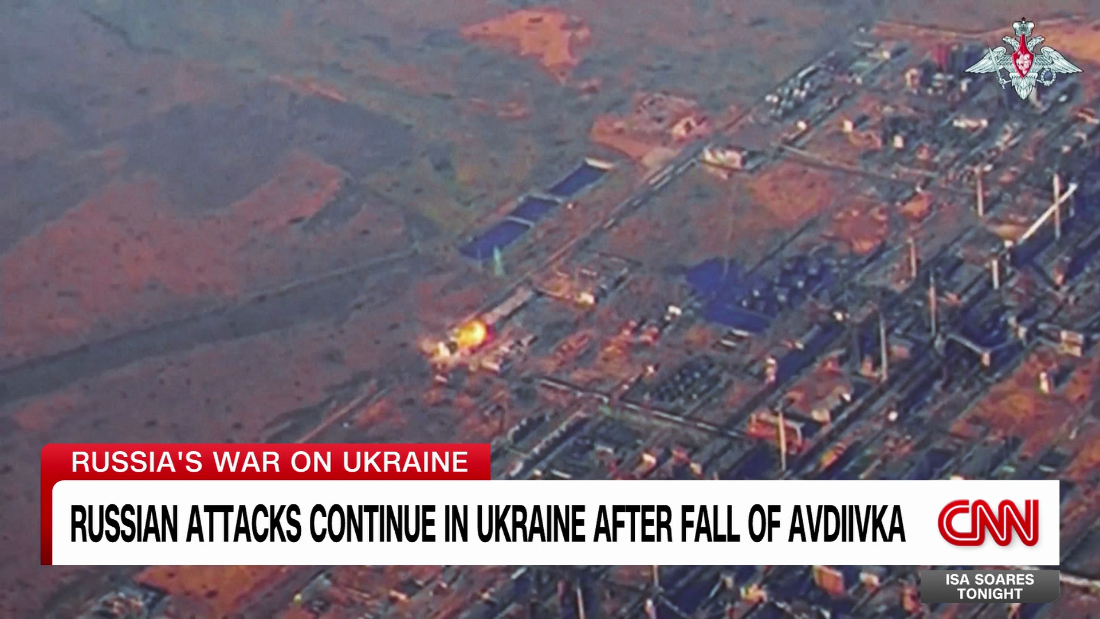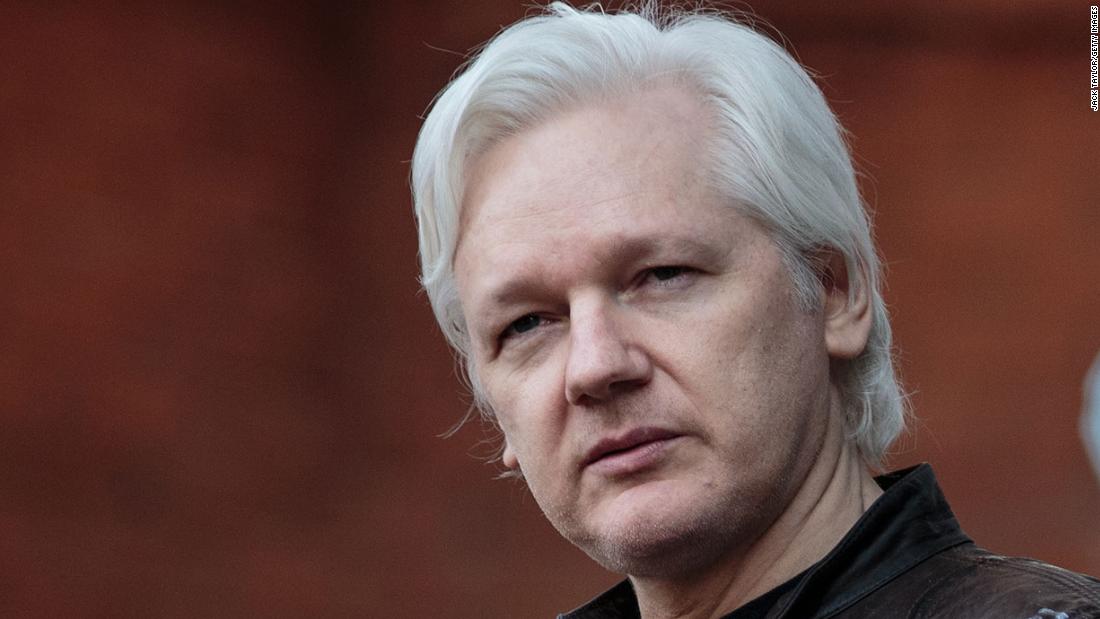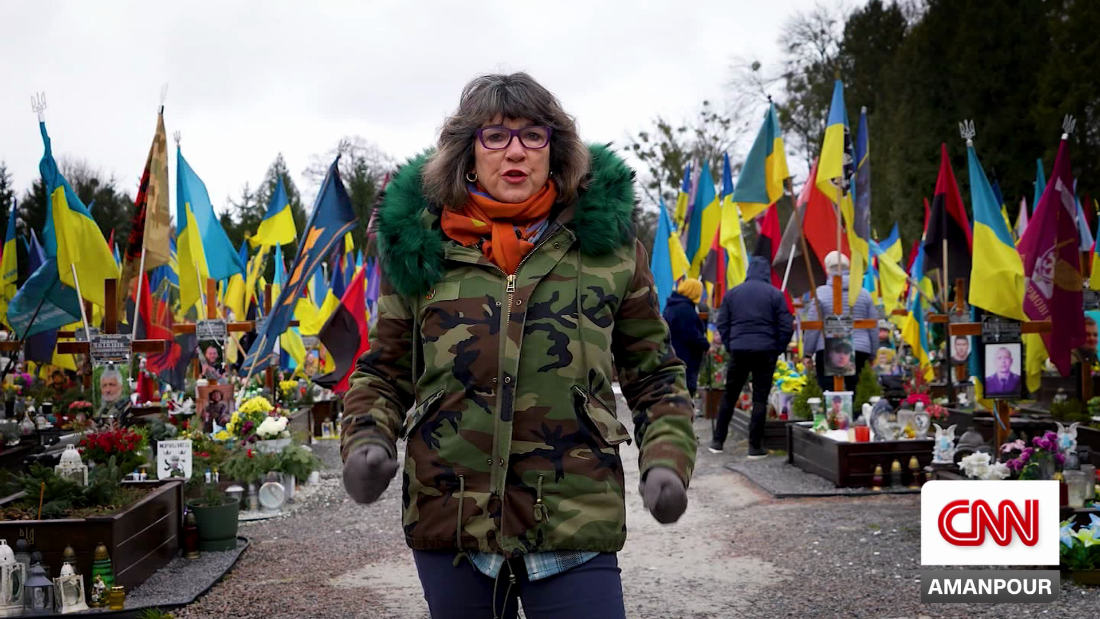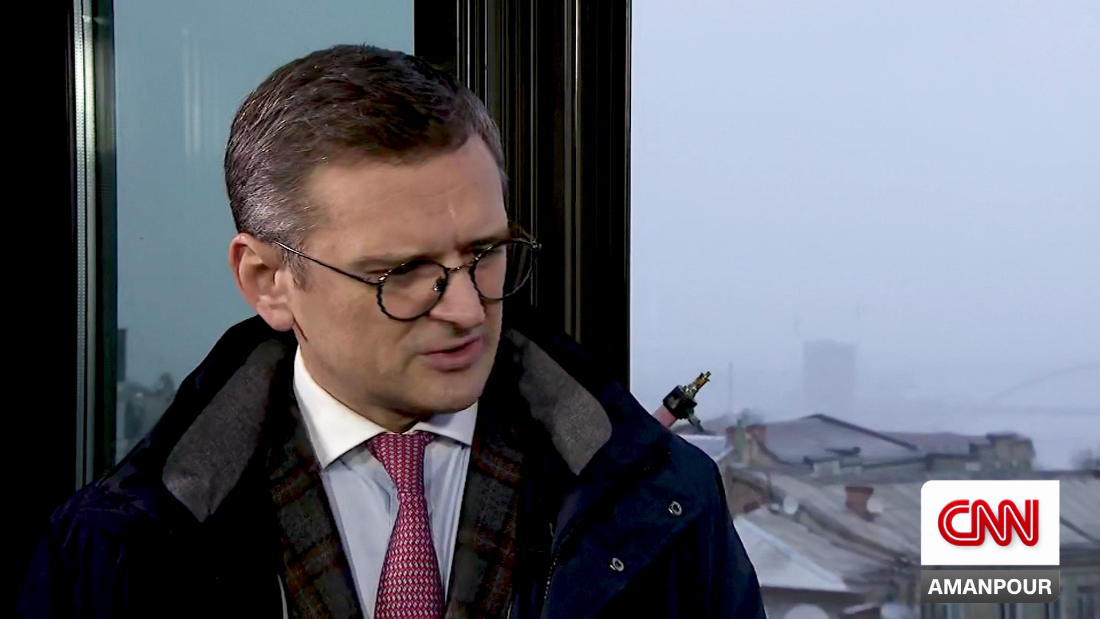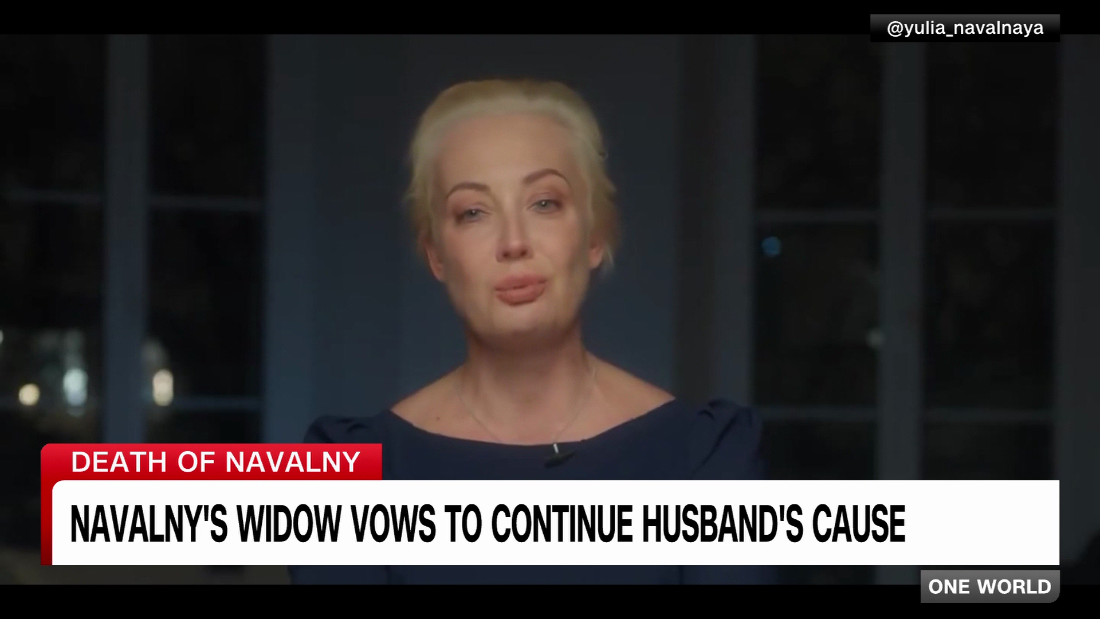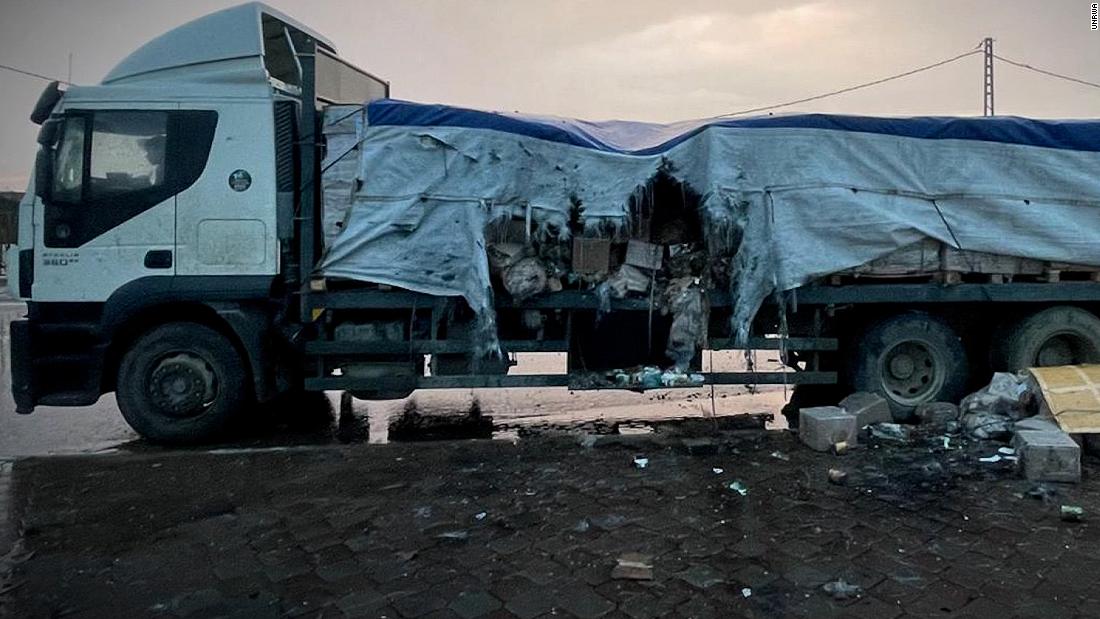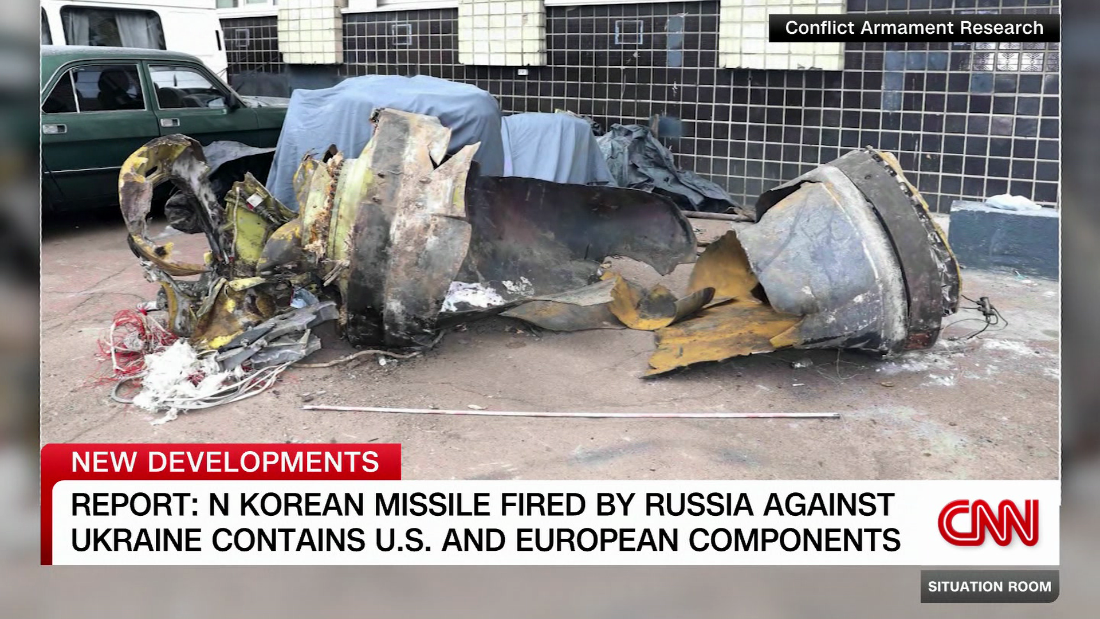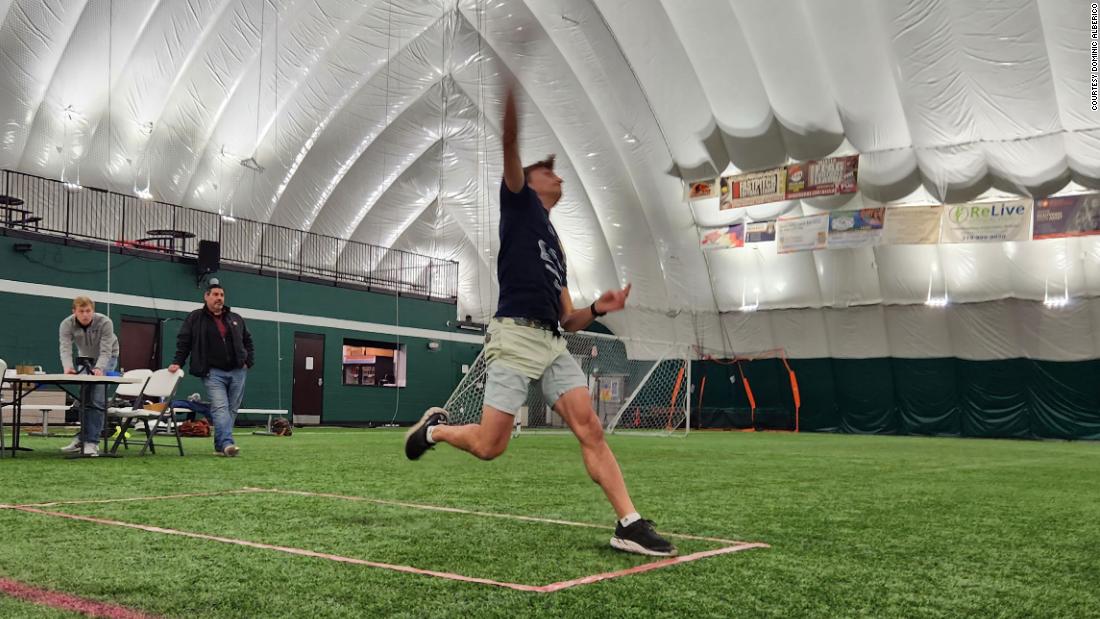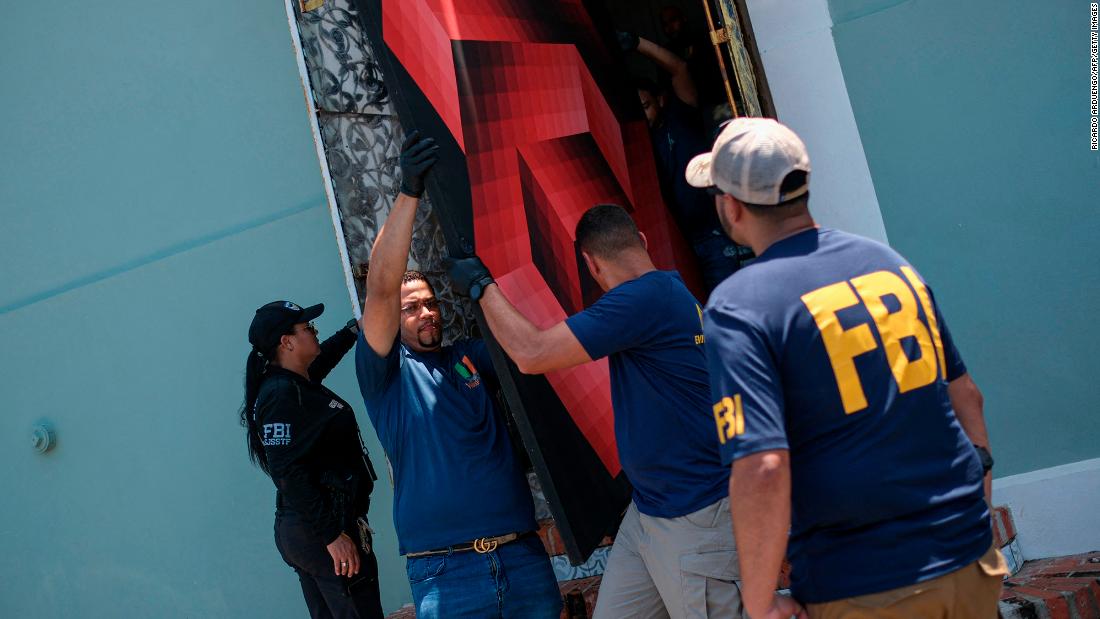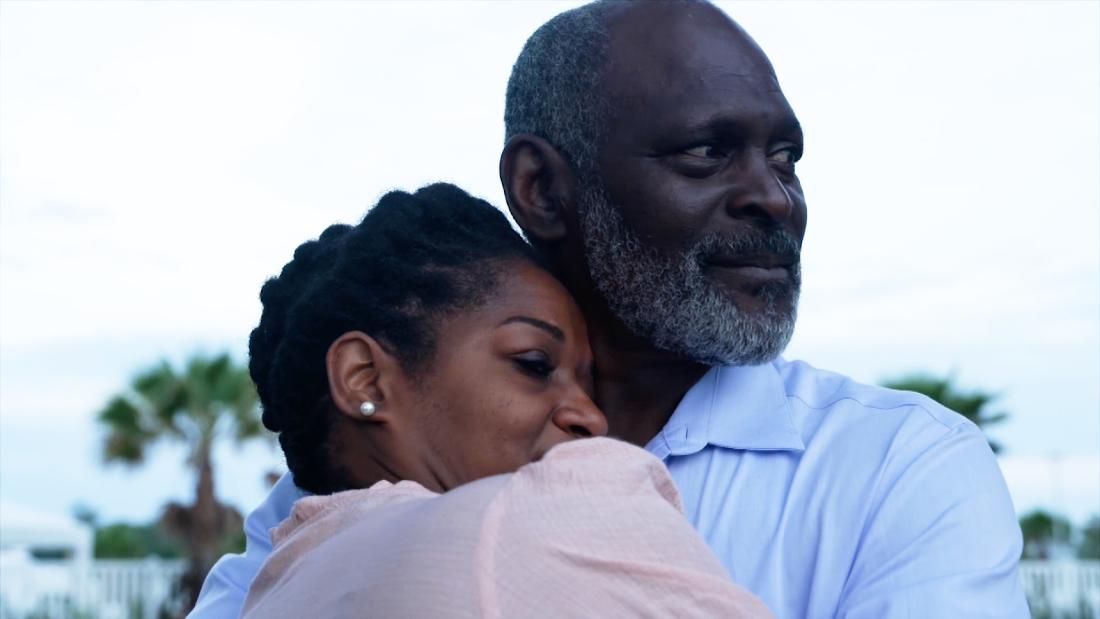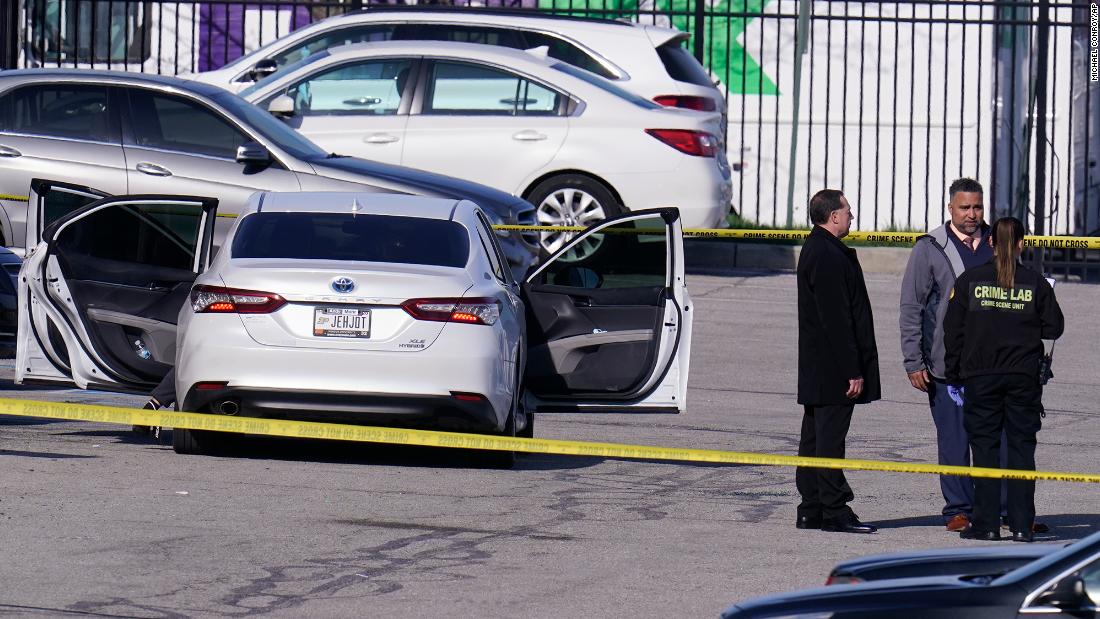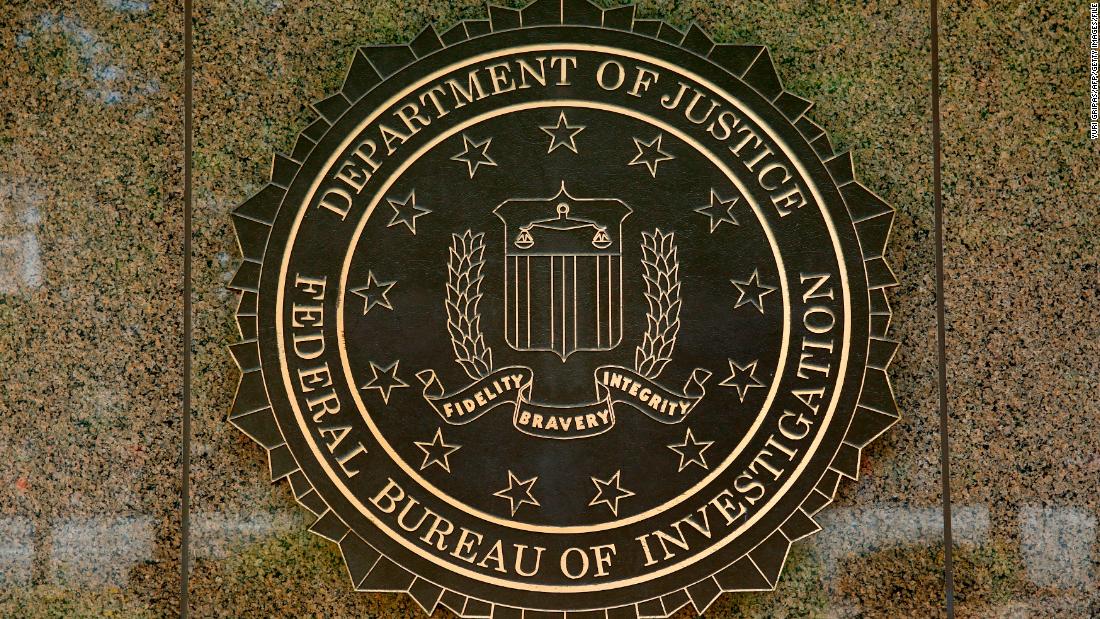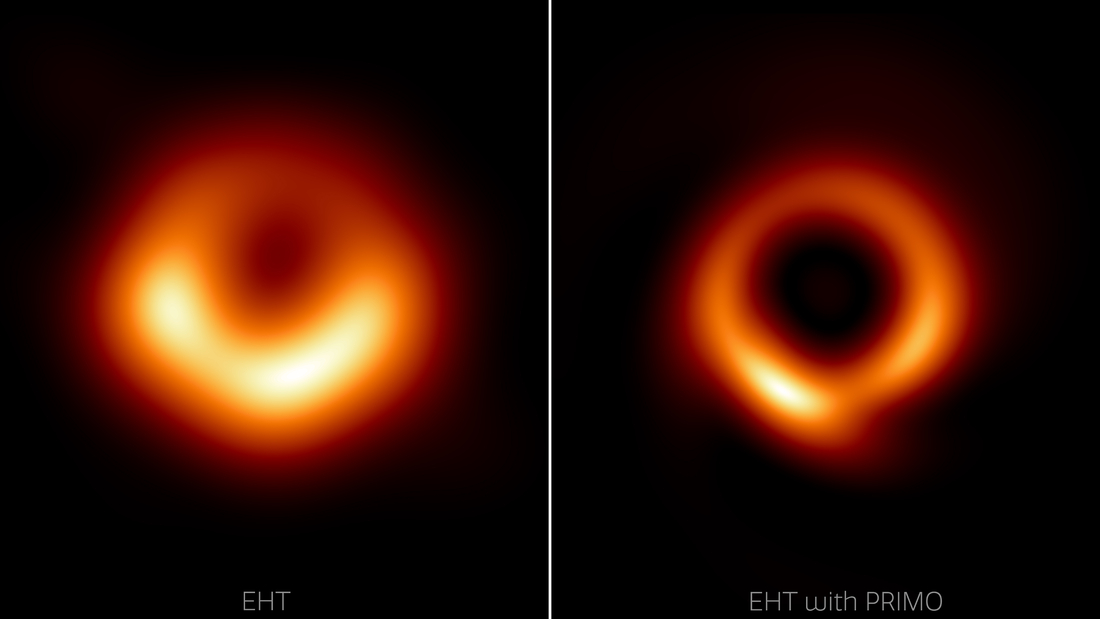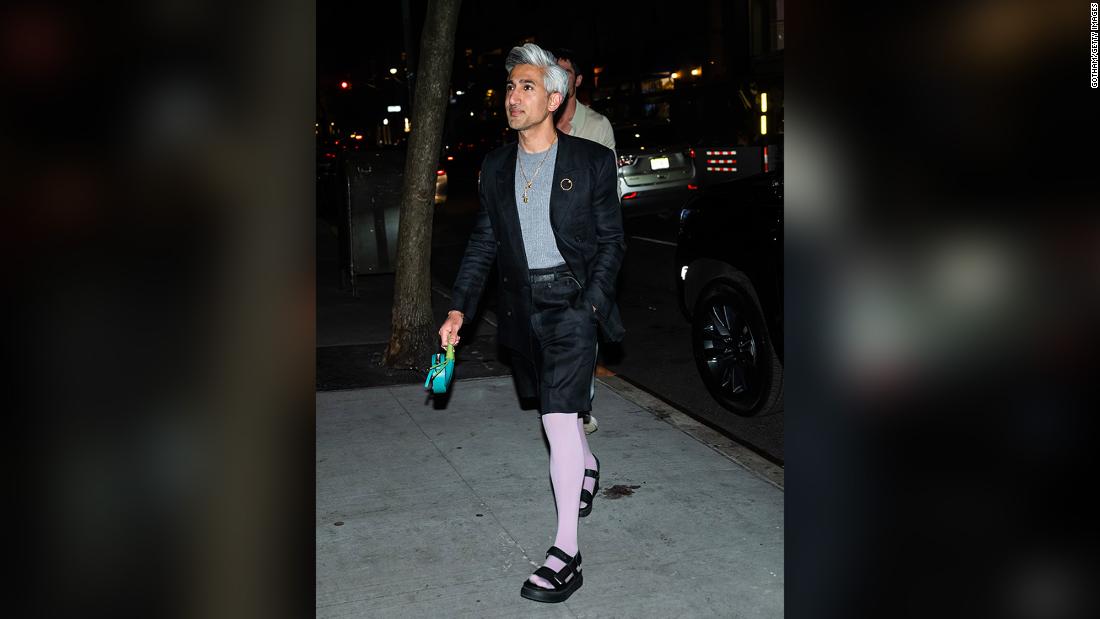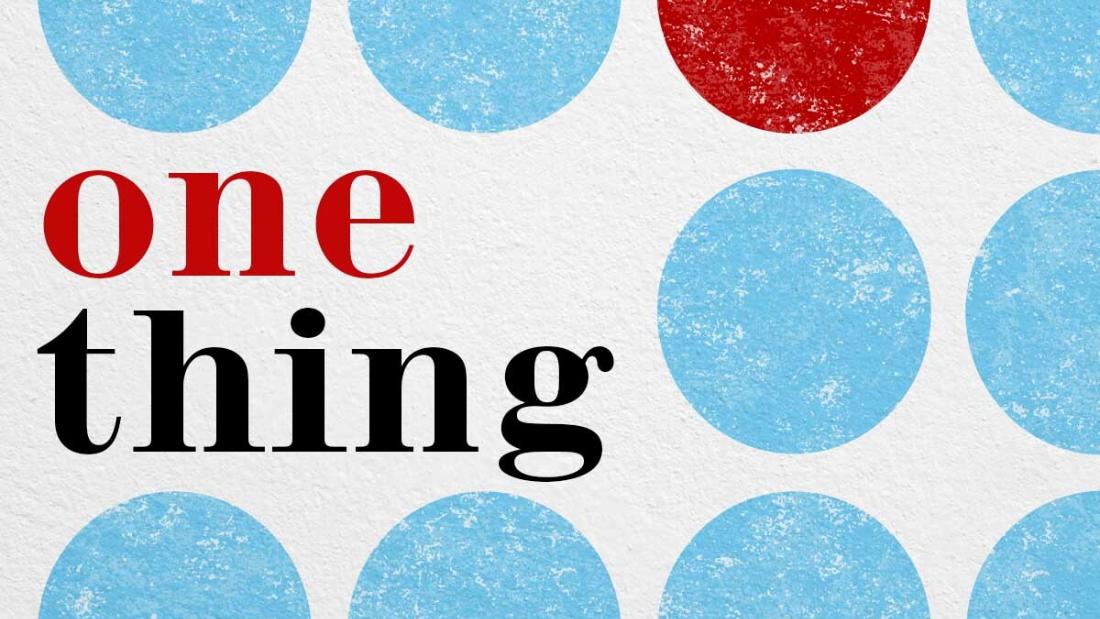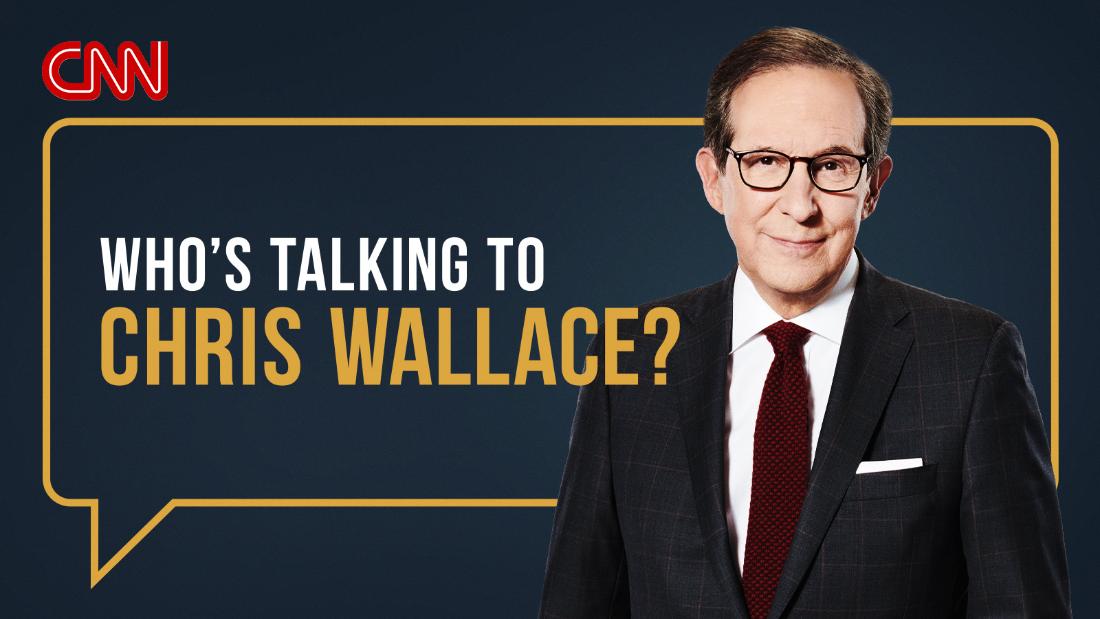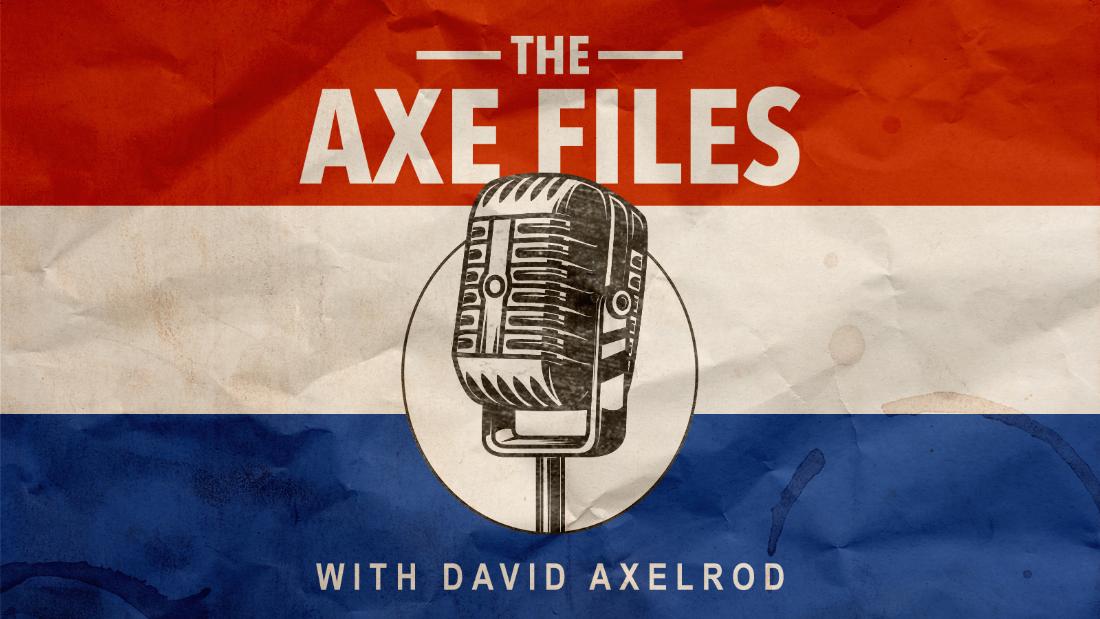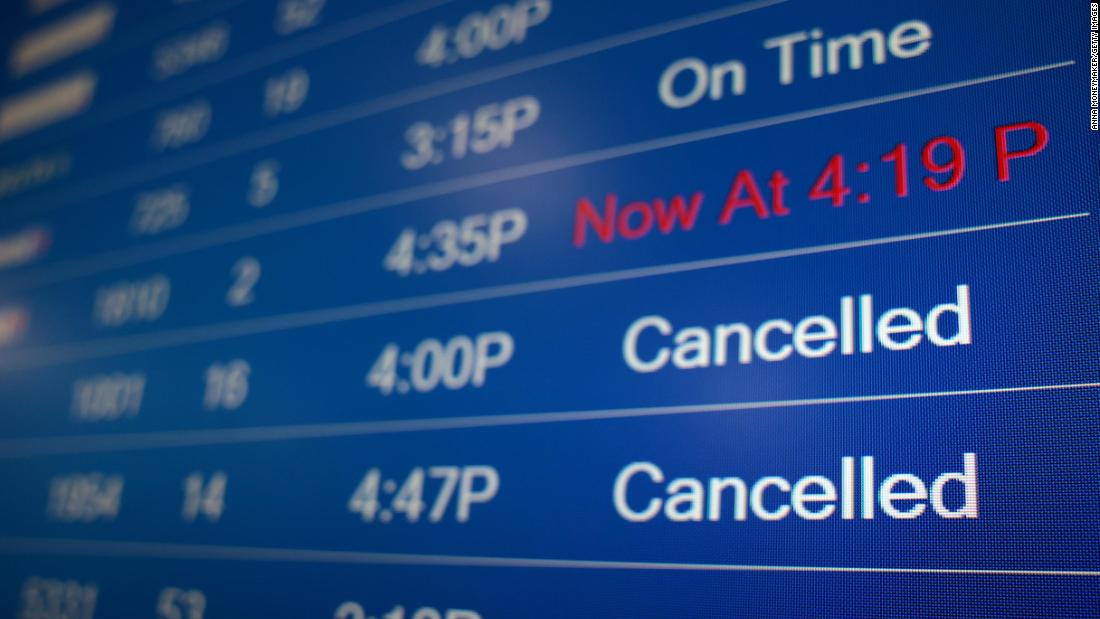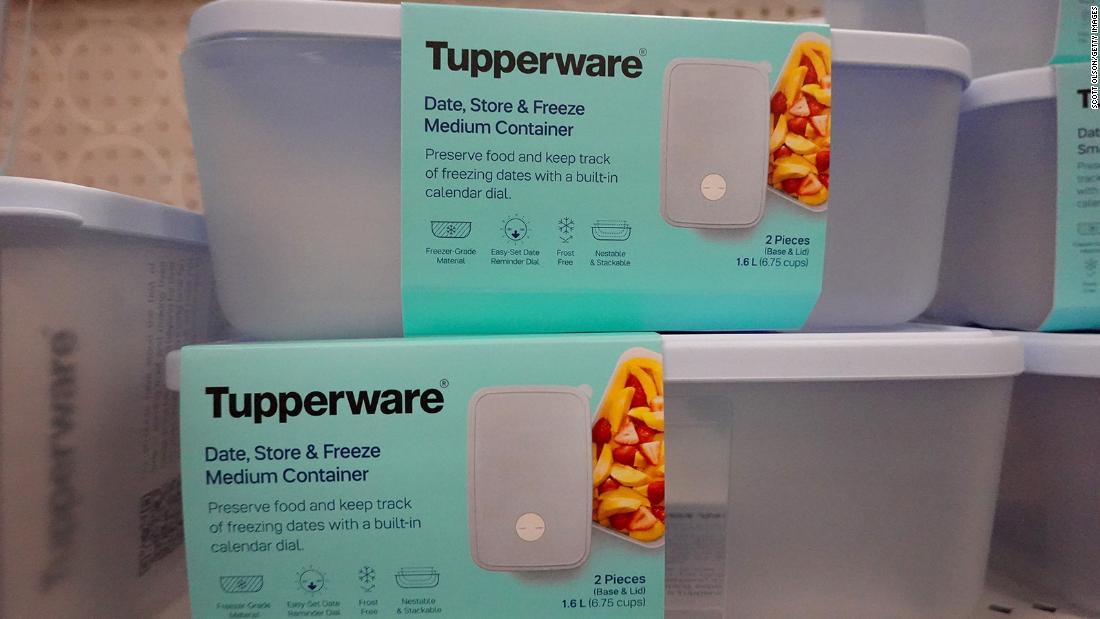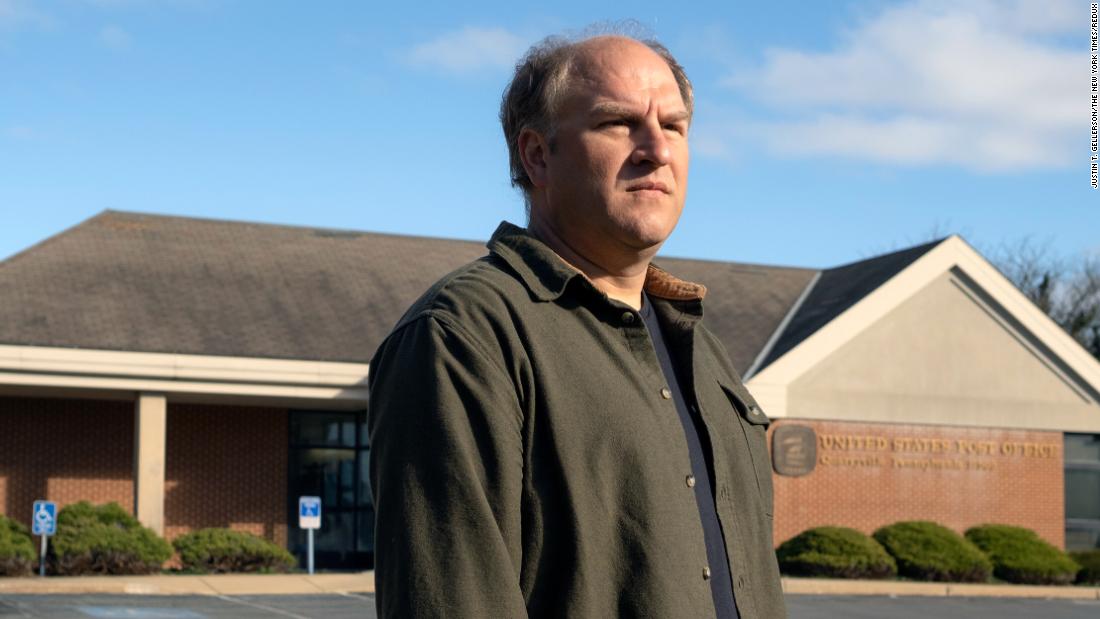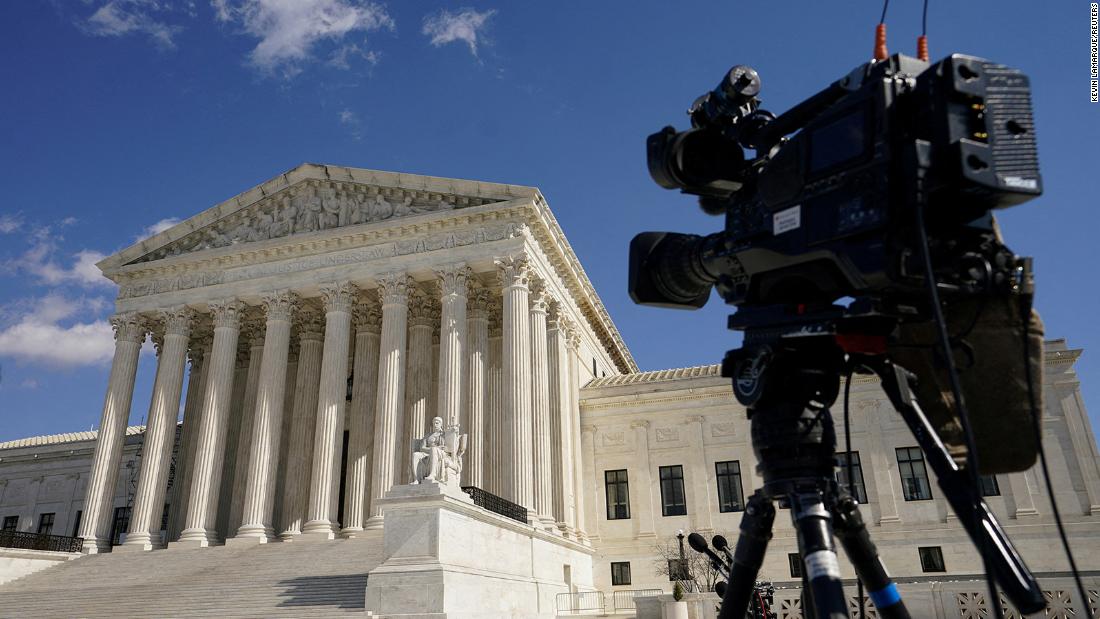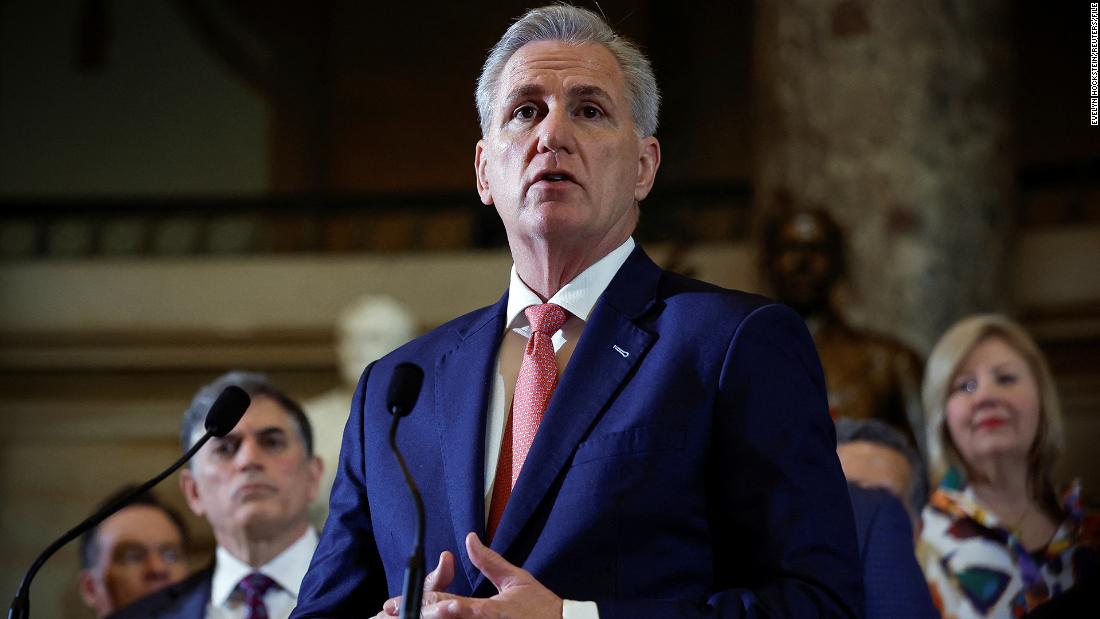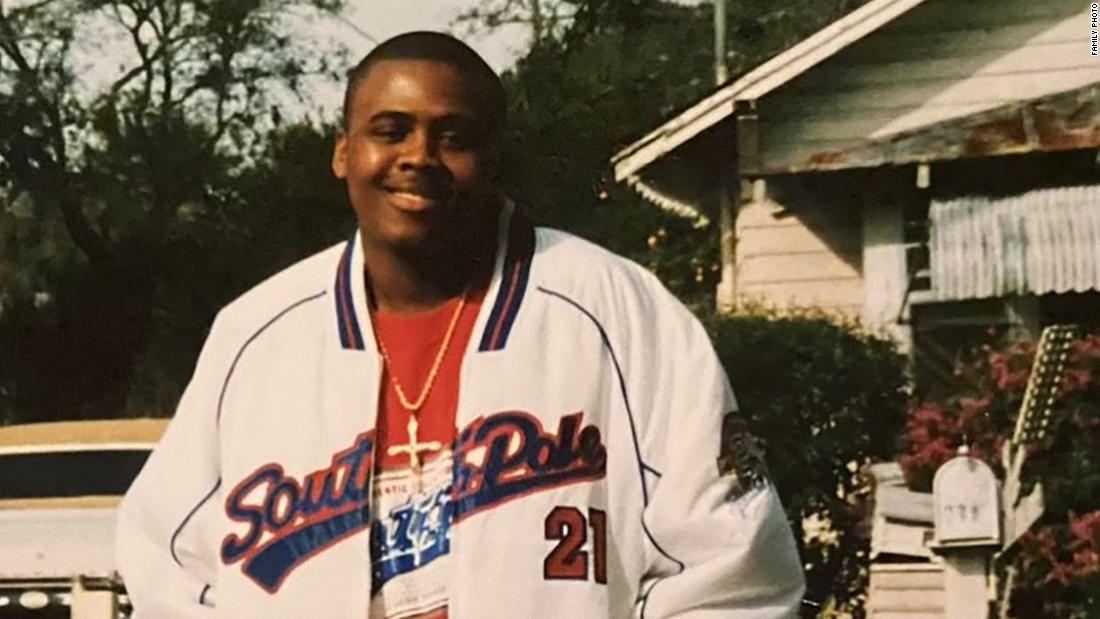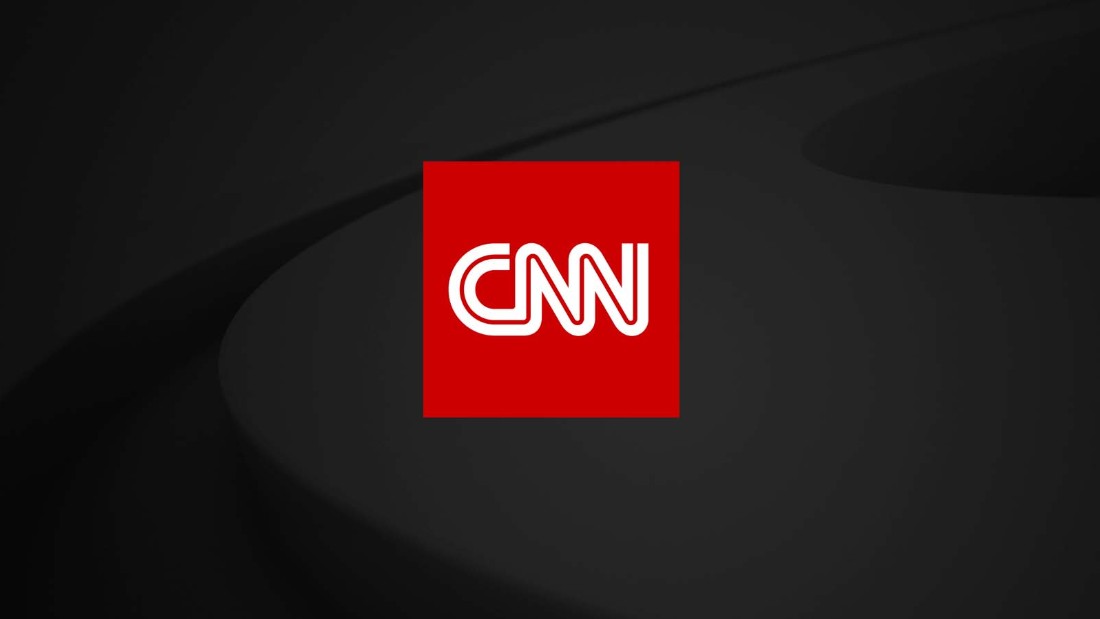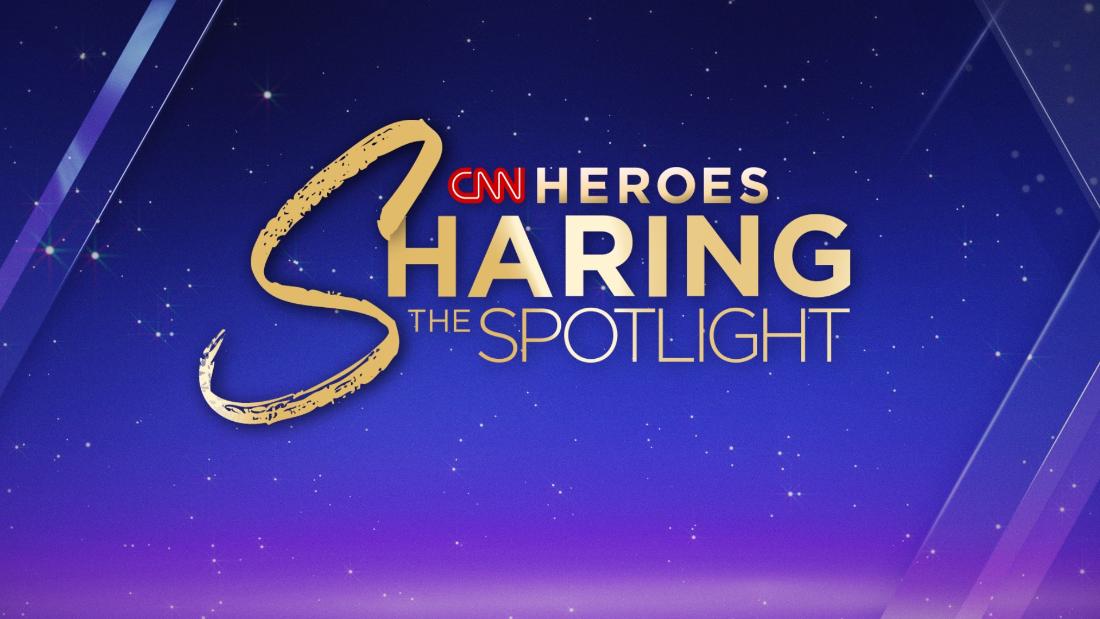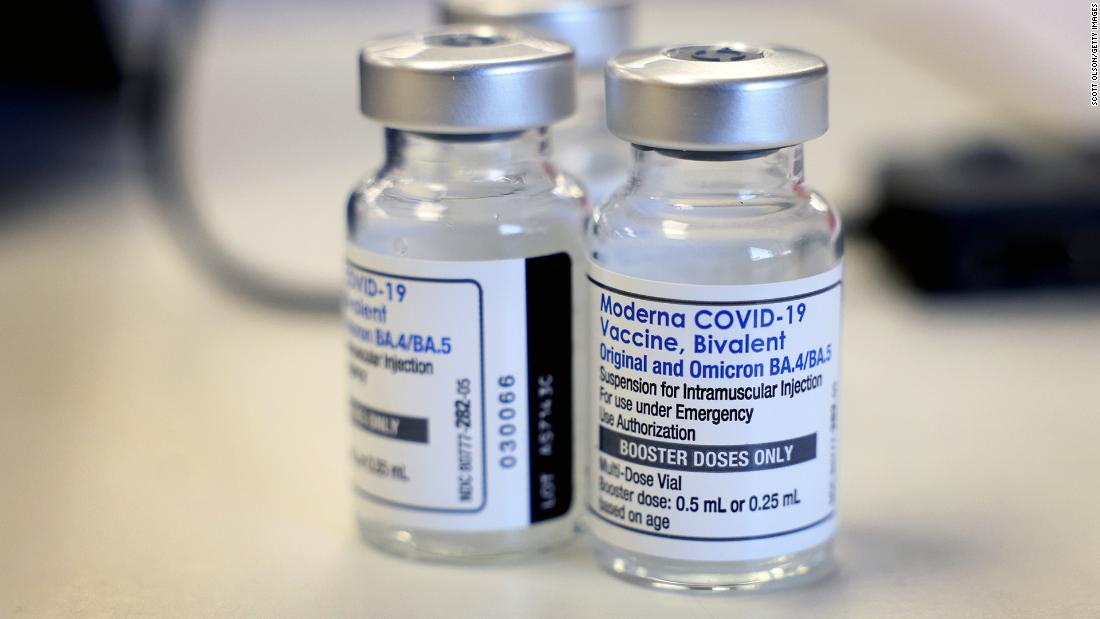ISRAEL wiped out 20 Hezbollah terror targets in only two minutes – just hours before signing off on a Lebanon ceasefire deal.
Eight fighter jets were deployed to launch a ferocious wave of airstrikes, targeting Hezbollah strongholds in a final show of power before the fighting ceased.
ReutersSmoke rises from the site of the Israeli airstrikes on Beirut’s southern suburbs[/caption]
ReutersAn Israeli airstrike on Beirut’s southern suburbs this week[/caption]
Footage released by the Israeli military showed explosions raining out across southern Lebanon
The Israeli Defence Forces (IDF) said they targeted seven buildings used by the Iran-backed terror group for managing their funds – including a quasi-bank.
They also hit a Hezbollah air force centre, an intelligence base, a weapons depot and other military-style infrastructure.
Footage released by the army showed a map lit up by explosions on the ground – near Beirut’s southern suburbs.
An IDF statement read: “The IDF completed attacks on 20 terrorist targets in Beirut in a quick 120 seconds using eight fighter jets, including seven Hezbollah money management and storage targets.
“Among them, headquarters, money warehouses and branches of Al-Karch Al-Hassan Association which are used by Hezbollah for collection and storage.”
Israel’s ceasefire with Hezbollah follows a year of tit-for-tat strikes across their shared border.
It led to an invasion of Lebanon by Israel in September and a campaign of powerful airstrikes to wipe out the militant group.
Strikes by Israel on the country have killed at least 3,823 people and injured 15,000 since October 2023 – the Lebanese health ministry confirmed.
Officials have also said the war displaced some 1.2 million people.
At least 75 people have died in Israel as a result of strikes launched by Hezbollah from Lebanon.
The end to fighting officially kicked in at 2am GMT on Wednesday morning – with hordes of civilians flooding south to return to their homes.
Israel urged people not the return yet to areas like Beirut – where much of the fighting has been concentrated – while the IDF clear out.
The deal involves some 5,000 members of the Lebanese army being deployed to the south – with Hezbollah agreeing to remove its presence anywhere below the Litani river just 20 miles from Israel.
According to some reports the Lebanese forces are set to increase to 10,000 following the first few hours of the ceasefire.
UN peacekeepers have also been dispatched to southern Lebanon.
Prime Minister Benjamin Netanyahu declared Israel had crippled Hezbollah as he announced the deal on Tuesday night.
He said 2,000 militants from the Iran-backed group have been taken out by IDF operations.
He said: “Hezbollah chose to attack us from there on the eighth of October. A year has passed – this is no longer the same Hezbollah.
“We eliminated all the senior members of the organisation, we destroyed most of its missiles and rockets, we eliminated thousands of terrorists and we destroyed the underground and terrorist infrastructures near our border – infrastructures that were built over years.
“We attacked strategic targets throughout Lebanon… Lebanon is not the same. All of this would have sounded like science fiction, but it is not.”
He also vowed to renew the strikes on Lebanon if Hezbollah tries to attack again – or even so much as builds a tunnel.
“If Hezbollah tries to attack us, if it arms itself and rebuilds infrastructure near the border, we will attack,” he said.
“If it launches a rocket, if it digs a tunnel, if it brings in a truck carrying rockets, we will attack.”
The deal did not involve Hamas – which carried out the October 7 terror attack on Israel last year.
Although the Gaza-based terror group is reportedly ready to sign its own ceasefire deal with Israel following the key development.
A senior official from Hamas told AFP that mediators are ready to broker a “serious” deal and prisoner exchange.
“We have informed mediators in Egypt, Qatar and Turkey that Hamas is ready for a ceasefire agreement and a serious deal to exchange prisoners,” they said.
EPAIsraeli Prime Minister Benjamin Netanyahu announced the truce with Hezbollah on Tuesday night[/caption]
AFPA UN peacekeeper van in southern Lebanon on Wednesday[/caption]
GettyHamas (pictured) are reportedly ready for a ceasefire deal with Israel[/caption]
Israel’s war with Hezbollah: a timeline
October 8, 2023: Hezbollah began firing rockets, missiles and drones into Israel the day after Hamas’ October 7 massacre ignited the war in Gaza.
September 18, 2024: Israel’s spy agency Mossad carried out mass sabotage against Hezbollah when it blew up hundreds of pagers carried by the terror group.
September 26, 2024: Chief of Hezbollah’s aerial force, Muhammad Hossein Sarur, is killed in an Israeli airstrike blitz in Lebanon.
September 27, 2024: Hezbollah leader Hassan Nasrallah is killed in a massive missile blitz in Lebanon.
October 1, 2024: Israeli forces invade Lebanon after Israel launched retaliatory airstrikes in Lebanon and the conflict steadily escalated.
October 13, 2024: Four Israeli soldiers were killed and 60 wounded in a Hezbollah drone swarm attack on base – the deadliest since Israel’s Lebanon invasion.
October 19, 2024: A terror drone attack launched by Hezbollah directly hit Prime Minister Benjamin Netanyahu’s seaside residence inside Israel.
October 19, 2024: Hezbollah also fired a salvo of more than 100 rockets into Israel, killing at least one person and injuring others in the northern region of the country.
October 31, 2024: Hezbollah’s new terror chief threatened to kill Israeli PM Benjamin Netanyahu in his first national address as leader.
November 2, 2024: Israeli soldiers capture top Hezbollah terror commander Imad Amhaz and escape from Lebanon in speedboats.
November 15, 2024: An Israeli missile levels a terror stronghold apartment block in Beirut.
November 17, 2024: Israel’s military said mobile artillery batteries had crossed into Lebanon and began attacking Hezbollah targets, the first time artillery was launched within Lebanese territory.
November 17, 2024: Hezbollah’s chief spokesman Mohammed Afif al-Naboulsi is killed in an Israeli airstrike in central Beirut.
November 26, 2024: Israel launched fresh airstrikes in Beirut, just hours before news of the ceasefire broke.
November 26, 2024: Israel agreed to the terms for a ceasefire with Hezbollah.
Published: [#item_custom_pubDate]












